The Tampa Bay Buccaneers haven't taken the practice field yet in 2020, but they're eventual starting lineup for the regular season is not hard to predict. The efforts to re-sign a number of free agents in the defensive front seven and the additions of Tom Brady and Rob Gronkowski gave some pretty emphatic answers to what could have been serious depth chart questions. There is some sorting out to do at safety and first-rounder Tristan Wirfs still has to earn his presumptive starting job at right tackle, but you can map out a starting 22 without much controversy.
Here, let's give it a try:
OFFENSE
QB: Tom Brady
RB: Ronald Jones
WR: Mike Evans
WR: Chris Godwin
TE: Rob Gronkowski
TE: O.J. Howard
LT: Donovan Smith
LG: Ali Marpet
C: Ryan Jensen
RG: Alex Cappa
RT: Tristan Wirfs
DEFENSE
OLB: Jason Pierre-Paul
DL: Ndamukong Suh
NT: Vita Vea
DL: Will Gholston
OLB: Shaq Barrett
ILB: Devin White
ILB: Lavonte David
CB: Carlton Davis
CB: Sean Murphy-Bunting
S: Jordan Whitehead
S: Antoine Winfield, Jr.
I used the base offense and defense that the Bucs listed on their official depth chart last year, most notably including two tight ends. Tampa Bay actually was in "11" personnel, with three wide receivers, on the majority of their snaps last year, and if you wanted to replace Howard with a third receiver – likely Scotty Miller, Justin Watson or Tyler Johnson – that would be fine. Similarly, the most common defensive package last year was the nickel, in which case you would probably replace Gholston with third cornerback Jamel Dean.
What do all of the players I just mentioned in the paragraph above have in common? They were all drafted by the Buccaneers. In fact, if you look closely at the lineups above and get past the big-name additions of Brady, Gronkowski, Barrett and Suh, you might notice there are a lot of homegrown Buccaneer draftees among those 22 players. There are, in fact, eight on each side. The exceptions on offense are the two noted above plus center Ryan Jensen. The exceptions no defense are the two noted above plus outside linebacker Jason Pierre-Paul.
If that seems like a lot of draft picks at the core of the starting lineup, well, it is, at least compared to recent Buccaneers history. Or most of Buccaneers history for that matter. If Tampa Bay does indeed go with those lineups to open Week One, it will mark the highest number of Buccaneer draftees in the starting group since 2011. And that will remain true if the Bucs use one of those third receivers and/or a third cornerback on the first snap, because it would involve switching out one draft pick for another. The total of 16 Buc draftees could go down a bit if, say, Cam Brate is on the field instead of Howard or Andrew Adams holds on to his starting safety spot, but it's still an impressive number.
The Buccaneers had 14 of their own draft picks in their Week One starting lineup last year, which was up from 12 in 2018. In 2017 it was 14, and going backward from there year by year back to 2000 it goes 12, 10, 9, 13, 15, 14, 14, 12, 10, 11, 14, 11, 9, 11, 9, 16, 16.
View pictures of QB Tom Brady in the new Buccaneers uniforms.

TAMPA, FL - MAY 11, 2020 - Quarterback Tom Brady #12 of the Tampa Bay Buccaneers is photographed in uniform for the first time as a member of the Bucs. Photo By Tori Richman/Tampa Bay Buccaneers

iTAMPA, FL - MAY 11, 2020 - Quarterback Tom Brady #12 of the Tampa Bay Buccaneers is photographed in uniform for the first time as a member of the Bucs. Photo By Kyle Zedaker/Tampa Bay Buccaneers
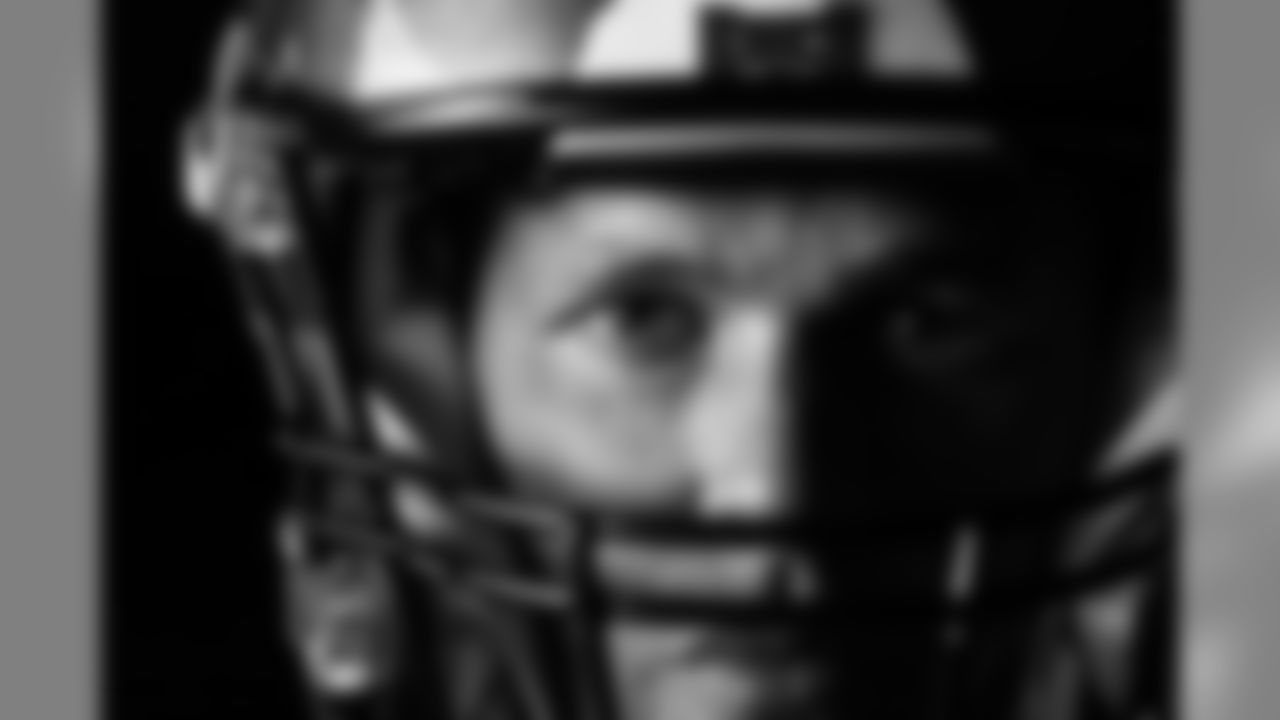
TAMPA, FL - MAY 11, 2020 - Quarterback Tom Brady #12 of the Tampa Bay Buccaneers is photographed in uniform for the first time as a member of the Bucs. Photo By Kyle Zedaker/Tampa Bay Buccaneers
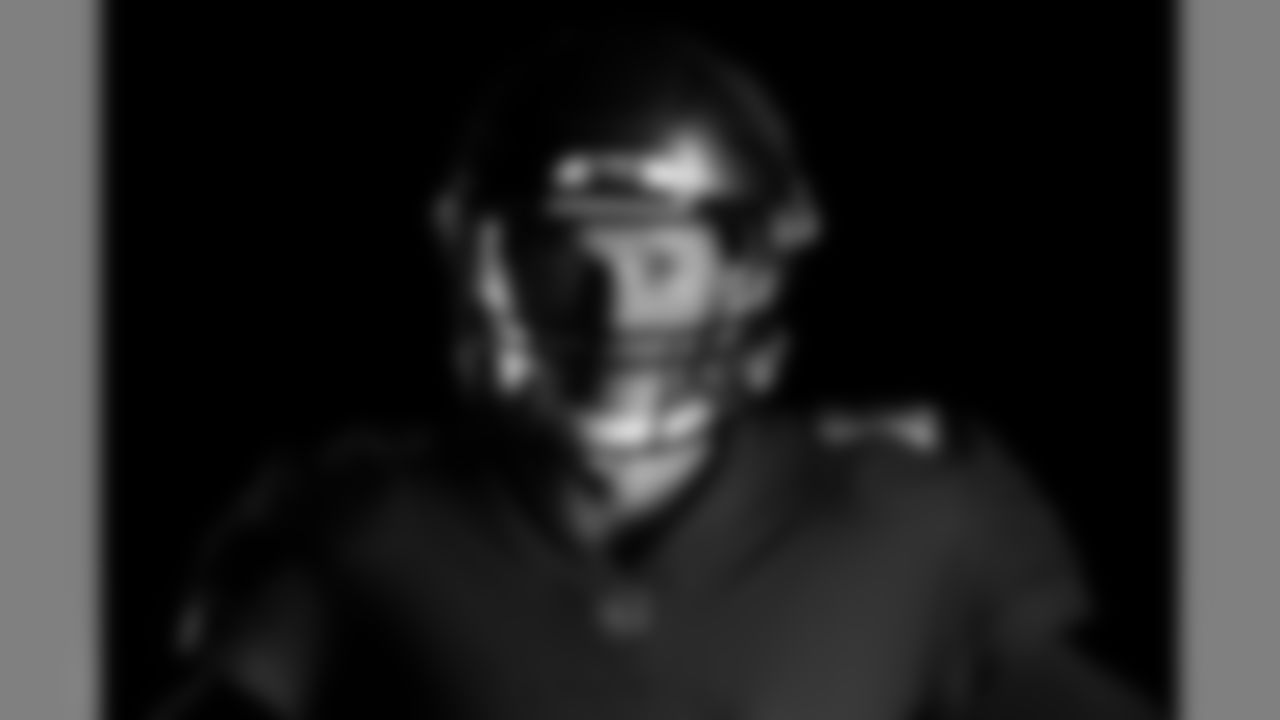
TAMPA, FL - MAY 11, 2020 - Quarterback Tom Brady #12 of the Tampa Bay Buccaneers is photographed in uniform for the first time as a member of the Bucs. Photo By Kyle Zedaker/Tampa Bay Buccaneers

TAMPA, FL - MAY 11, 2020 - Quarterback Tom Brady #12 of the Tampa Bay Buccaneers is photographed in uniform for the first time as a member of the Bucs. Photo By Matt May/Tampa Bay Buccaneers

TAMPA, FL - MAY 11, 2020 - Quarterback Tom Brady #12 of the Tampa Bay Buccaneers is photographed in uniform for the first time as a member of the Bucs. Photo By Matt May/Tampa Bay Buccaneers
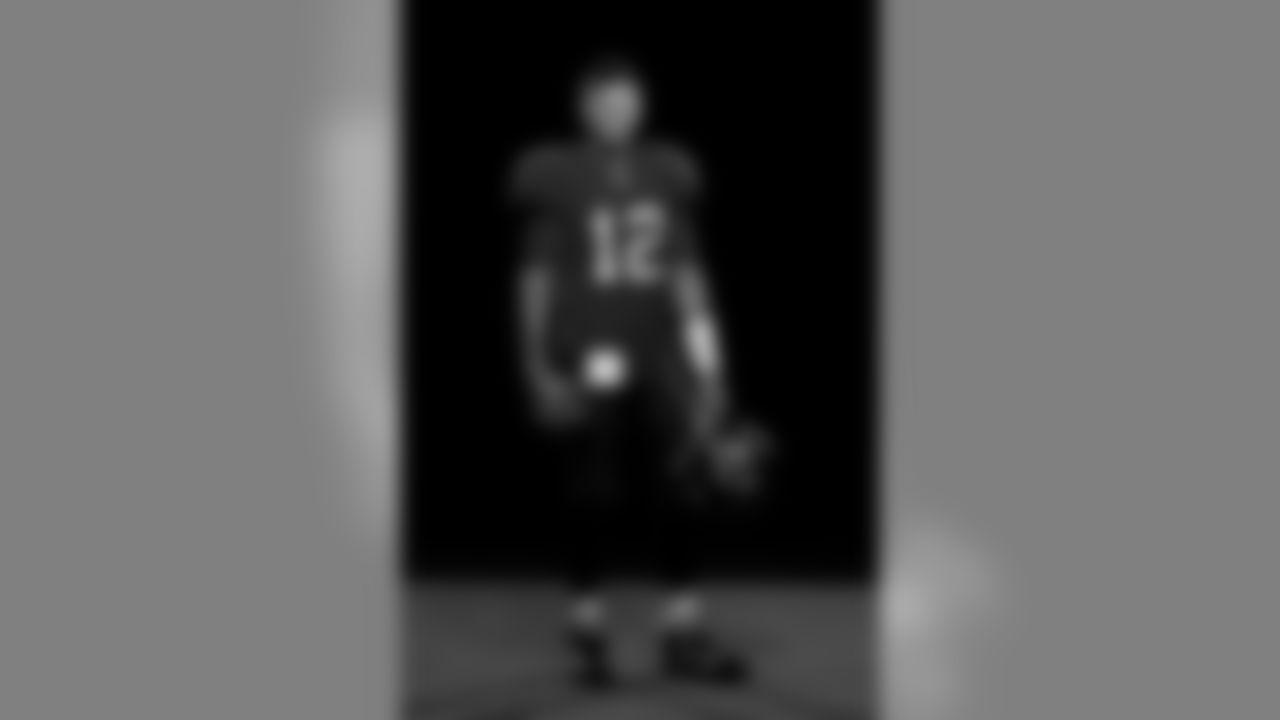
TAMPA, FL - MAY 11, 2020 - Quarterback Tom Brady #12 of the Tampa Bay Buccaneers is photographed in uniform for the first time as a member of the Bucs. Photo By Matt May/Tampa Bay Buccaneers
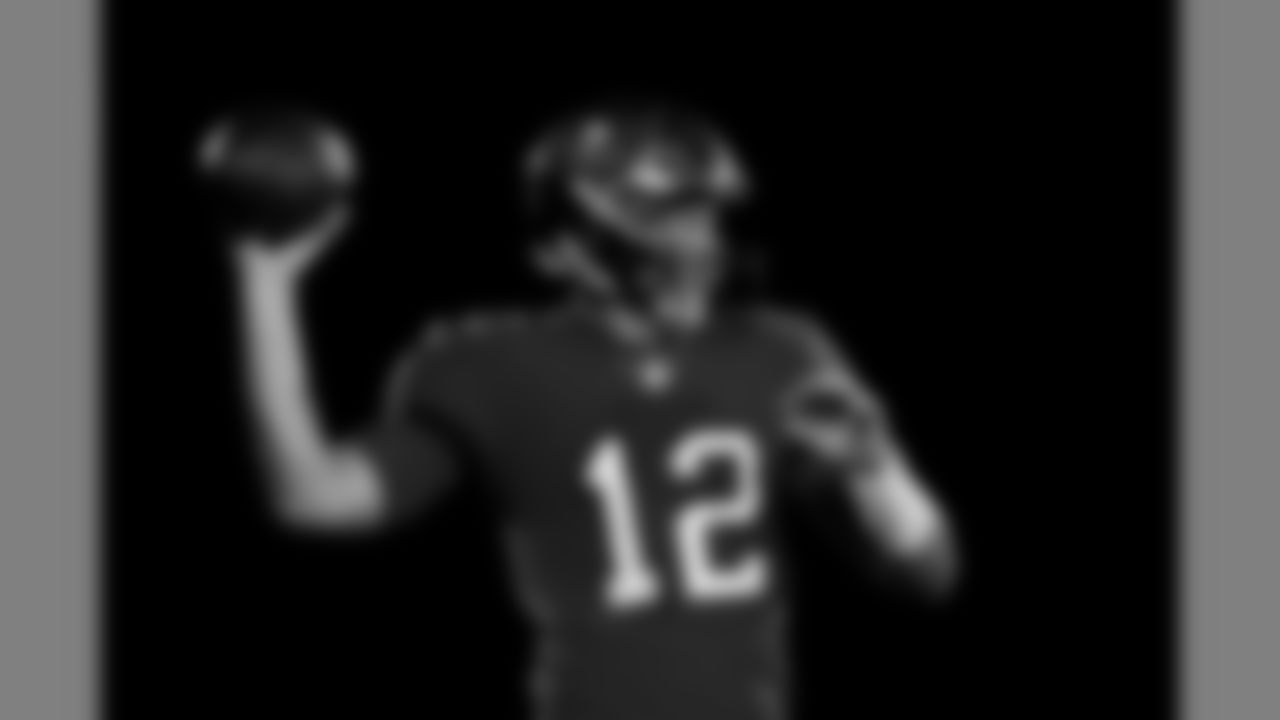
TAMPA, FL - MAY 11, 2020 - Quarterback Tom Brady #12 of the Tampa Bay Buccaneers is photographed in uniform for the first time as a member of the Bucs. Photo By Matt May/Tampa Bay Buccaneers
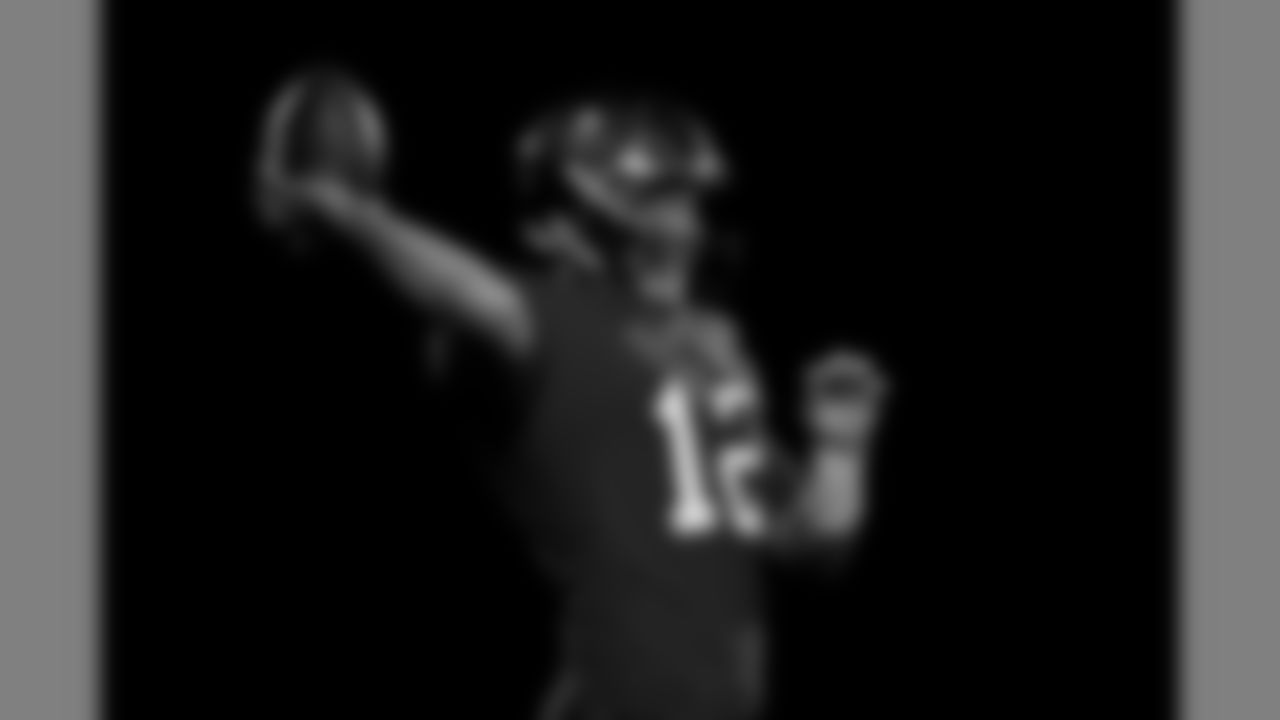
TAMPA, FL - MAY 11, 2020 - Quarterback Tom Brady #12 of the Tampa Bay Buccaneers is photographed in uniform for the first time as a member of the Bucs. Photo By Matt May/Tampa Bay Buccaneers
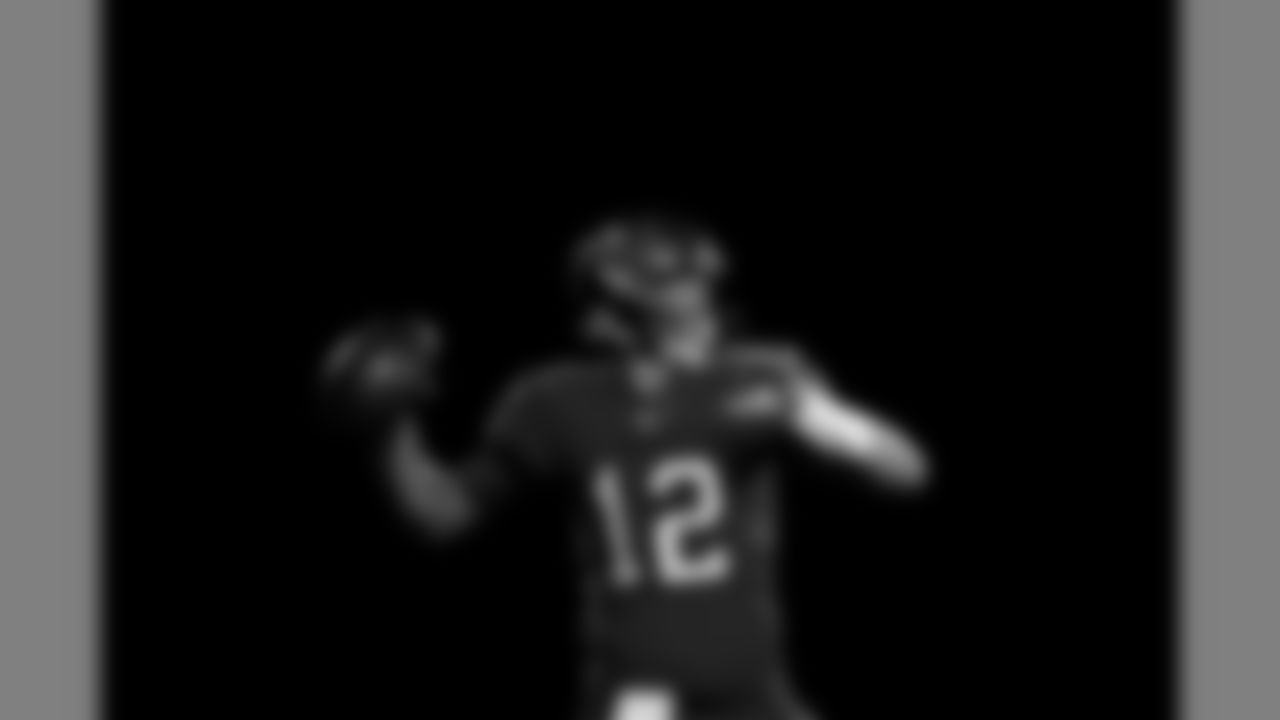
TAMPA, FL - MAY 11, 2020 - Quarterback Tom Brady #12 of the Tampa Bay Buccaneers is photographed in uniform for the first time as a member of the Bucs. Photo By Matt May/Tampa Bay Buccaneers
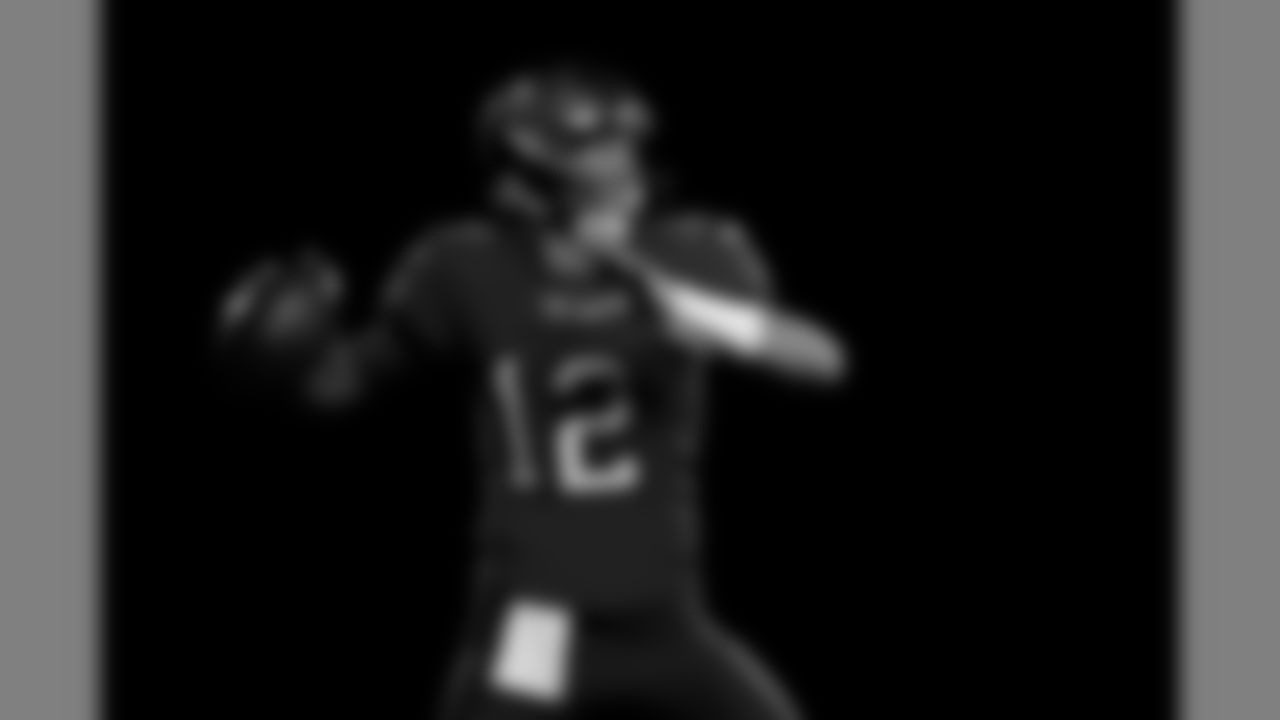
TAMPA, FL - MAY 11, 2020 - Quarterback Tom Brady #12 of the Tampa Bay Buccaneers is photographed in uniform for the first time as a member of the Bucs. Photo By Matt May/Tampa Bay Buccaneers

TAMPA, FL - MAY 11, 2020 - Quarterback Tom Brady #12 of the Tampa Bay Buccaneers is photographed in uniform for the first time as a member of the Bucs. Photo By Matt May/Tampa Bay Buccaneers

TAMPA, FL - MAY 11, 2020 - Quarterback Tom Brady #12 of the Tampa Bay Buccaneers is photographed in uniform for the first time as a member of the Bucs. Photo By Matt May/Tampa Bay Buccaneers
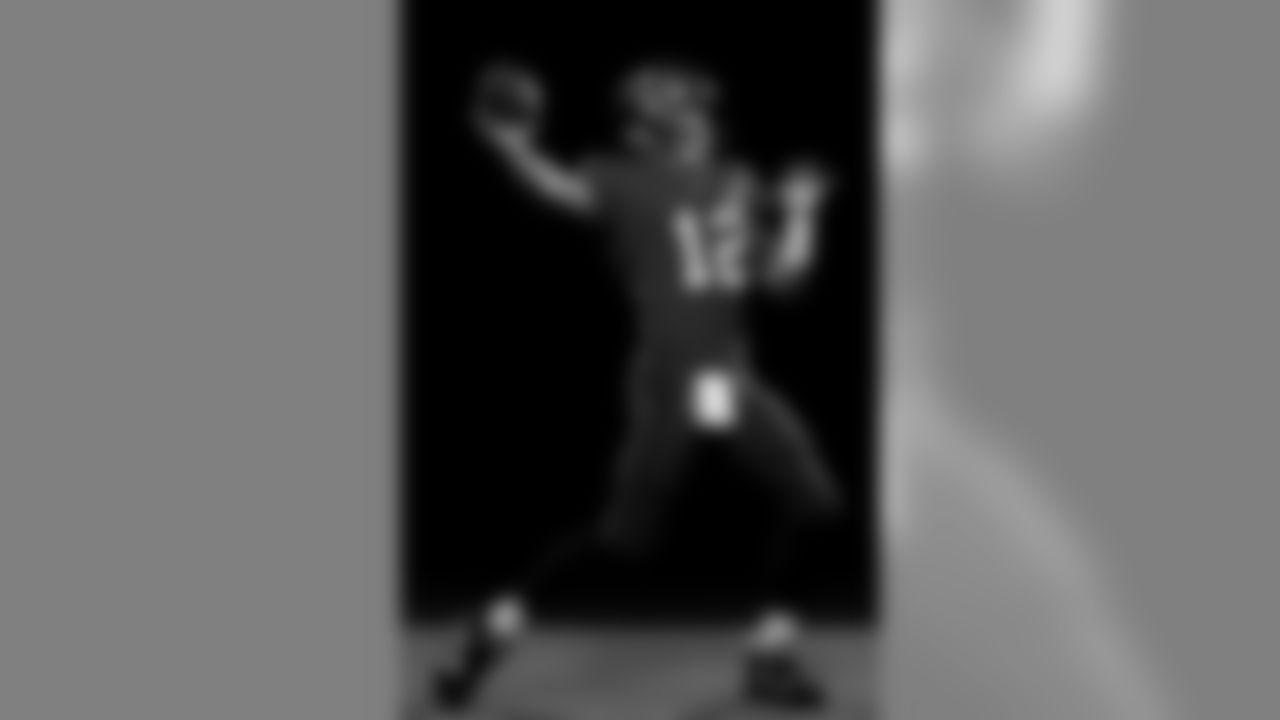
TAMPA, FL - MAY 11, 2020 - Quarterback Tom Brady #12 of the Tampa Bay Buccaneers is photographed in uniform for the first time as a member of the Bucs. Photo By Matt May/Tampa Bay Buccaneers
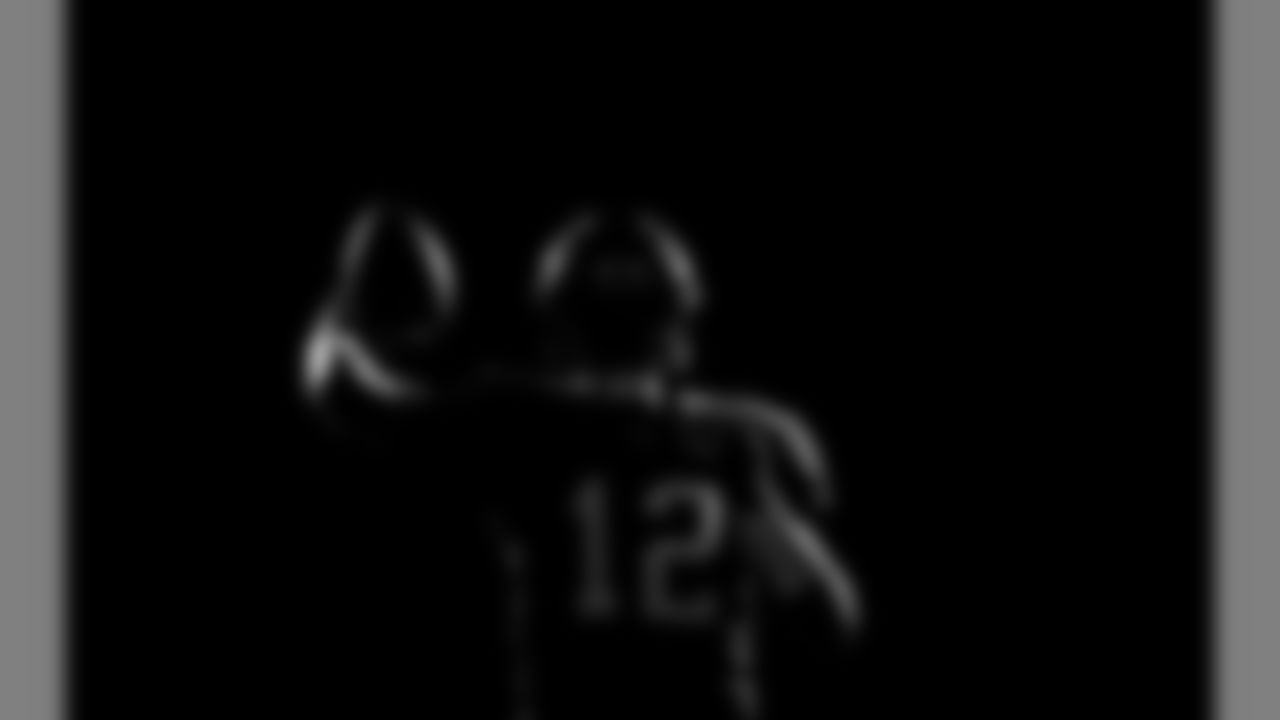
TAMPA, FL - MAY 11, 2020 - Quarterback Tom Brady #12 of the Tampa Bay Buccaneers is photographed in uniform for the first time as a member of the Bucs. Photo By Matt May/Tampa Bay Buccaneers
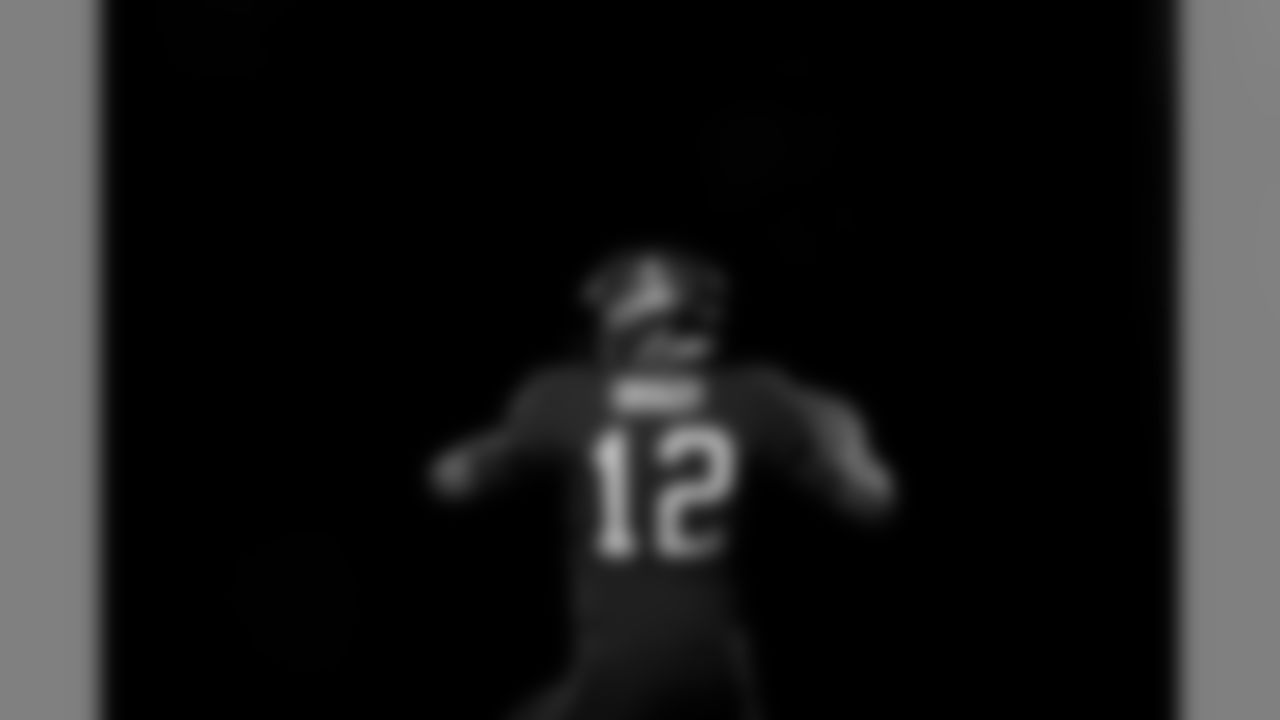
TAMPA, FL - MAY 11, 2020 - Quarterback Tom Brady #12 of the Tampa Bay Buccaneers is photographed in uniform for the first time as a member of the Bucs. Photo By Matt May/Tampa Bay Buccaneers
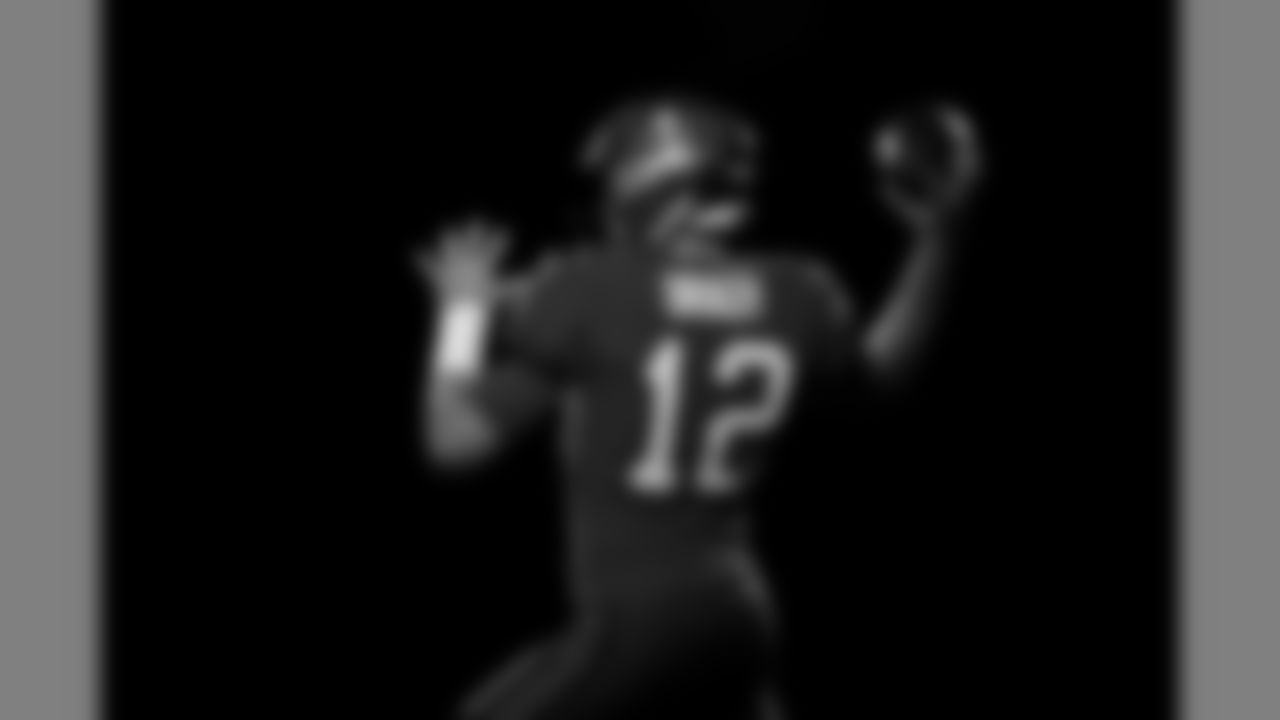
TAMPA, FL - MAY 11, 2020 - Quarterback Tom Brady #12 of the Tampa Bay Buccaneers is photographed in uniform for the first time as a member of the Bucs. Photo By Matt May/Tampa Bay Buccaneers

TAMPA, FL - MAY 11, 2020 - Quarterback Tom Brady #12 of the Tampa Bay Buccaneers is photographed in uniform for the first time as a member of the Bucs. Photo By Matt May/Tampa Bay Buccaneers

TAMPA, FL - MAY 11, 2020 - Quarterback Tom Brady #12 of the Tampa Bay Buccaneers is photographed in uniform for the first time as a member of the Bucs. Photo By Matt May/Tampa Bay Buccaneers

TAMPA, FL - MAY 11, 2020 - Quarterback Tom Brady #12 of the Tampa Bay Buccaneers is photographed in uniform for the first time as a member of the Bucs. Photo By Tori Richman/Tampa Bay Buccaneers
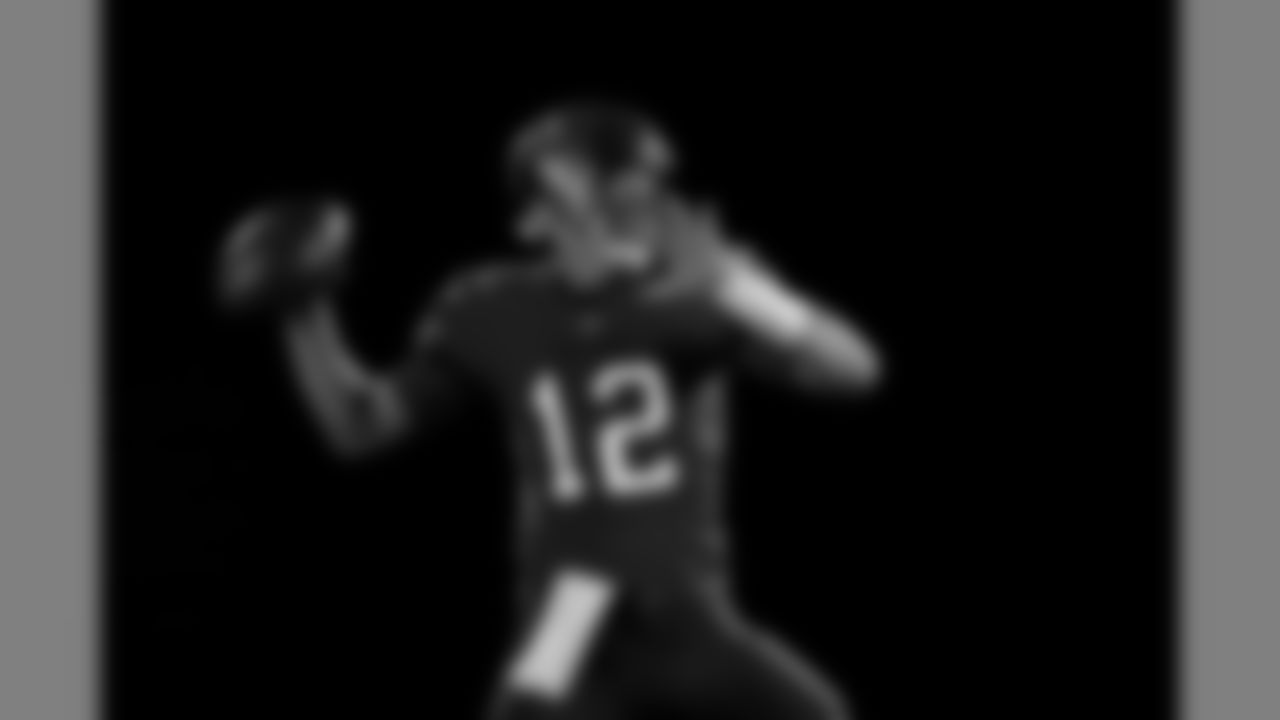
TAMPA, FL - MAY 11, 2020 - Quarterback Tom Brady #12 of the Tampa Bay Buccaneers is photographed in uniform for the first time as a member of the Bucs. Photo By Matt May/Tampa Bay Buccaneers

TAMPA, FL - MAY 11, 2020 - Quarterback Tom Brady #12 of the Tampa Bay Buccaneers is photographed in uniform for the first time as a member of the Bucs. Photo By Matt May/Tampa Bay Buccaneers
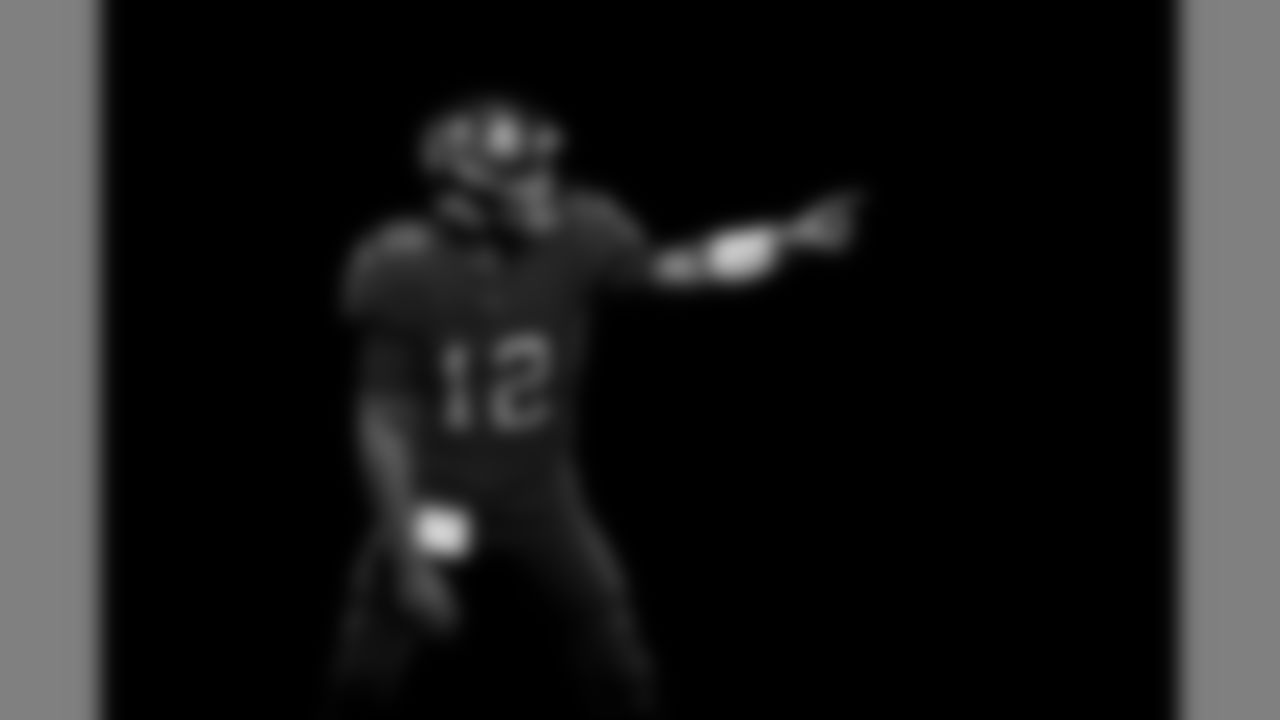
TAMPA, FL - MAY 11, 2020 - Quarterback Tom Brady #12 of the Tampa Bay Buccaneers is photographed in uniform for the first time as a member of the Bucs. Photo By Matt May/Tampa Bay Buccaneers

TAMPA, FL - MAY 11, 2020 - Quarterback Tom Brady #12 of the Tampa Bay Buccaneers is photographed in uniform for the first time as a member of the Bucs. Photo By Matt May/Tampa Bay Buccaneers
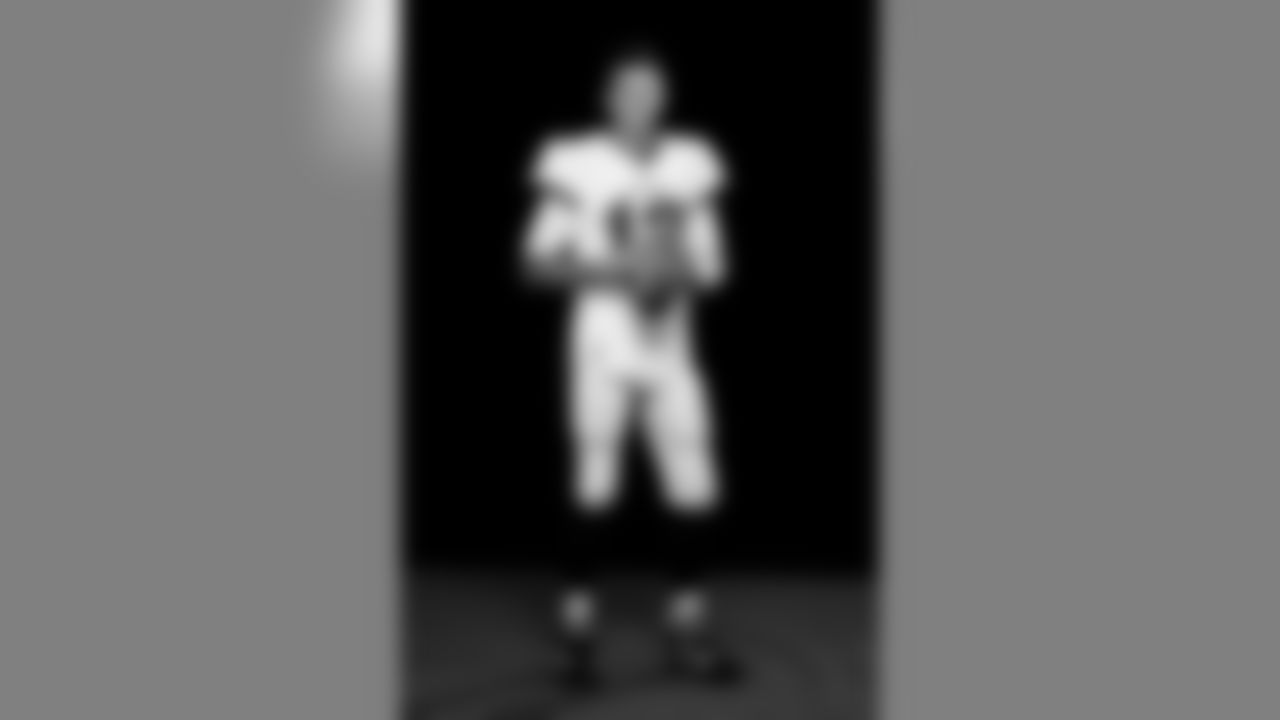
TAMPA, FL - MAY 11, 2020 - Quarterback Tom Brady #12 of the Tampa Bay Buccaneers is photographed in uniform for the first time as a member of the Bucs. Photo By Matt May/Tampa Bay Buccaneers

TAMPA, FL - MAY 11, 2020 - Quarterback Tom Brady #12 of the Tampa Bay Buccaneers is photographed in uniform for the first time as a member of the Bucs. Photo By Matt May/Tampa Bay Buccaneers

TAMPA, FL - MAY 11, 2020 - Quarterback Tom Brady #12 of the Tampa Bay Buccaneers is photographed in uniform for the first time as a member of the Bucs. Photo By Matt May/Tampa Bay Buccaneers
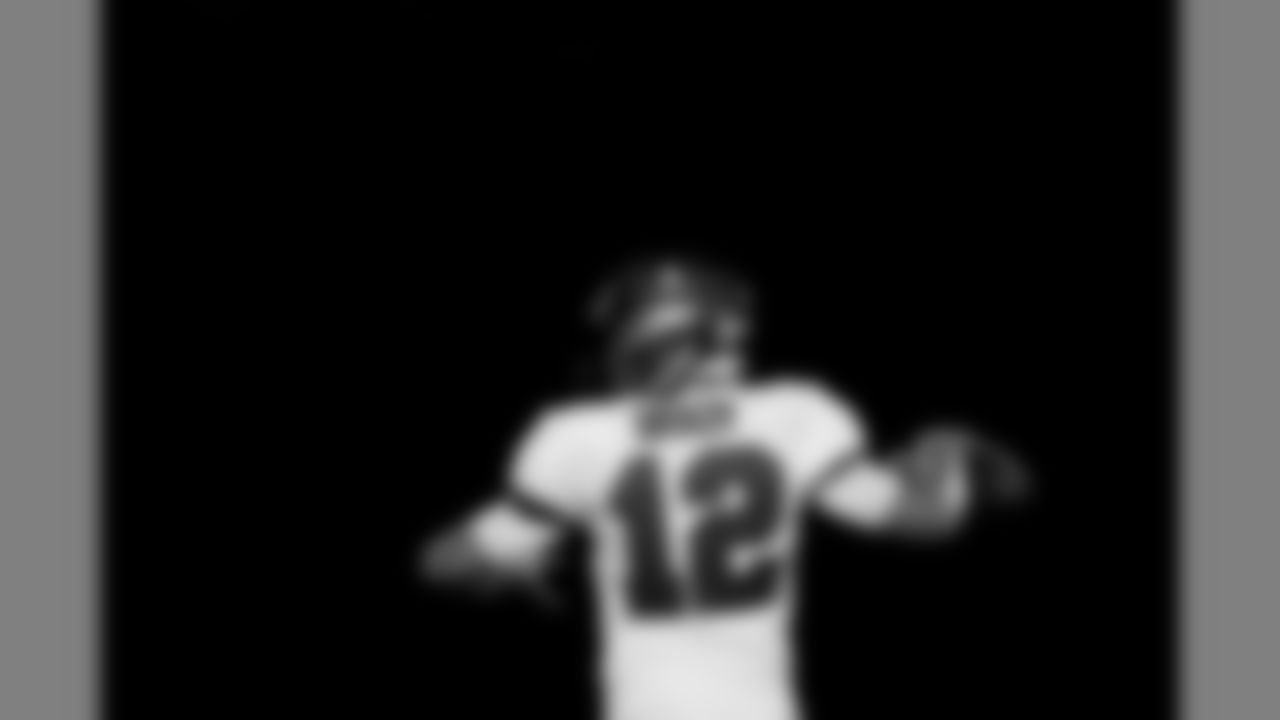
TAMPA, FL - MAY 11, 2020 - Quarterback Tom Brady #12 of the Tampa Bay Buccaneers is photographed in uniform for the first time as a member of the Bucs. Photo By Matt May/Tampa Bay Buccaneers
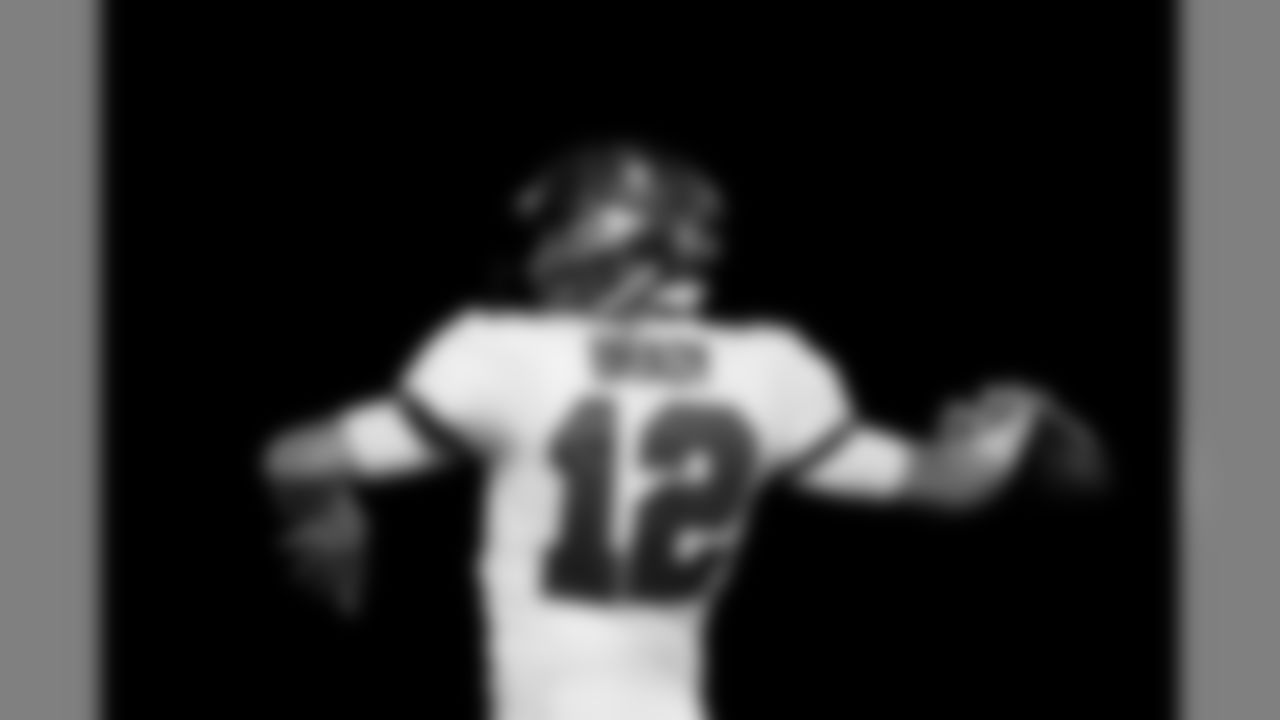
TAMPA, FL - MAY 11, 2020 - Quarterback Tom Brady #12 of the Tampa Bay Buccaneers is photographed in uniform for the first time as a member of the Bucs. Photo By Matt May/Tampa Bay Buccaneers

TAMPA, FL - MAY 11, 2020 - Quarterback Tom Brady #12 of the Tampa Bay Buccaneers is photographed in uniform for the first time as a member of the Bucs. Photo By Matt May/Tampa Bay Buccaneers

TAMPA, FL - MAY 11, 2020 - Quarterback Tom Brady #12 of the Tampa Bay Buccaneers is photographed in uniform for the first time as a member of the Bucs. Photo By Matt May/Tampa Bay Buccaneers

TAMPA, FL - MAY 11, 2020 - Quarterback Tom Brady #12 of the Tampa Bay Buccaneers is photographed in uniform for the first time as a member of the Bucs. Photo By Matt May/Tampa Bay Buccaneers

TAMPA, FL - MAY 11, 2020 - Quarterback Tom Brady #12 of the Tampa Bay Buccaneers is photographed in uniform for the first time as a member of the Bucs. Photo By Matt May/Tampa Bay Buccaneers
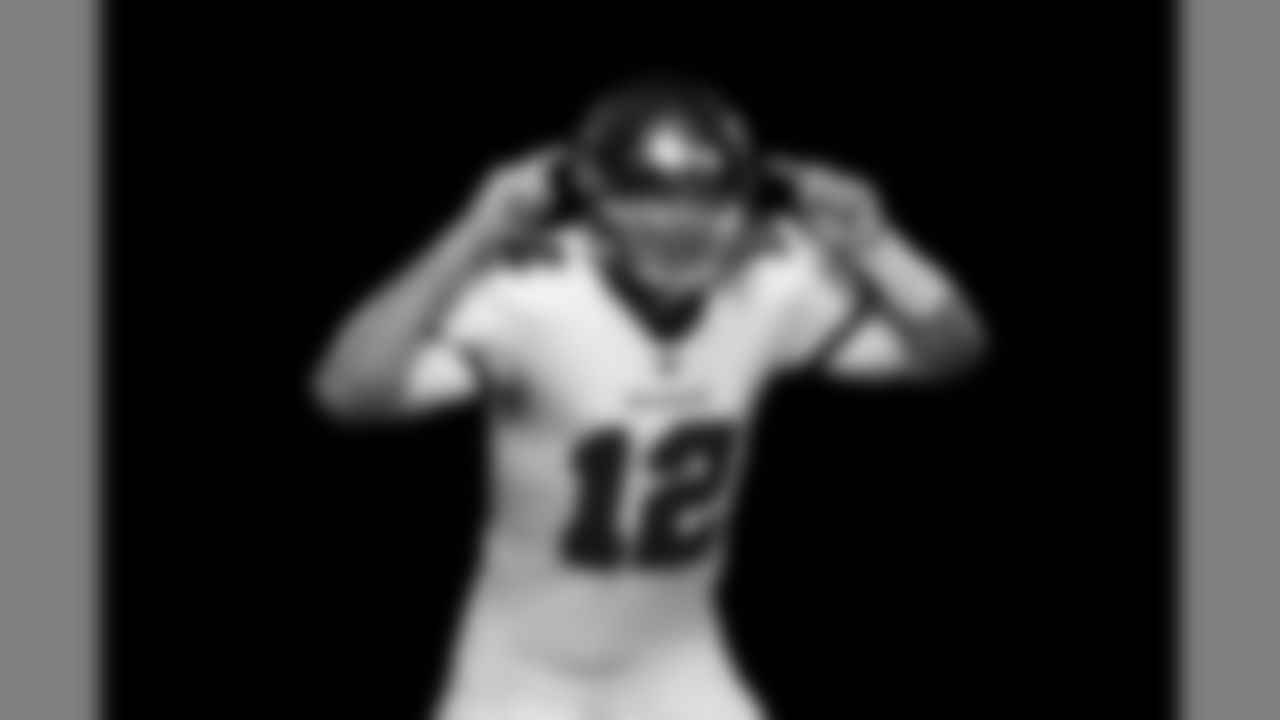
TAMPA, FL - MAY 11, 2020 - Quarterback Tom Brady #12 of the Tampa Bay Buccaneers is photographed in uniform for the first time as a member of the Bucs. Photo By Matt May/Tampa Bay Buccaneers
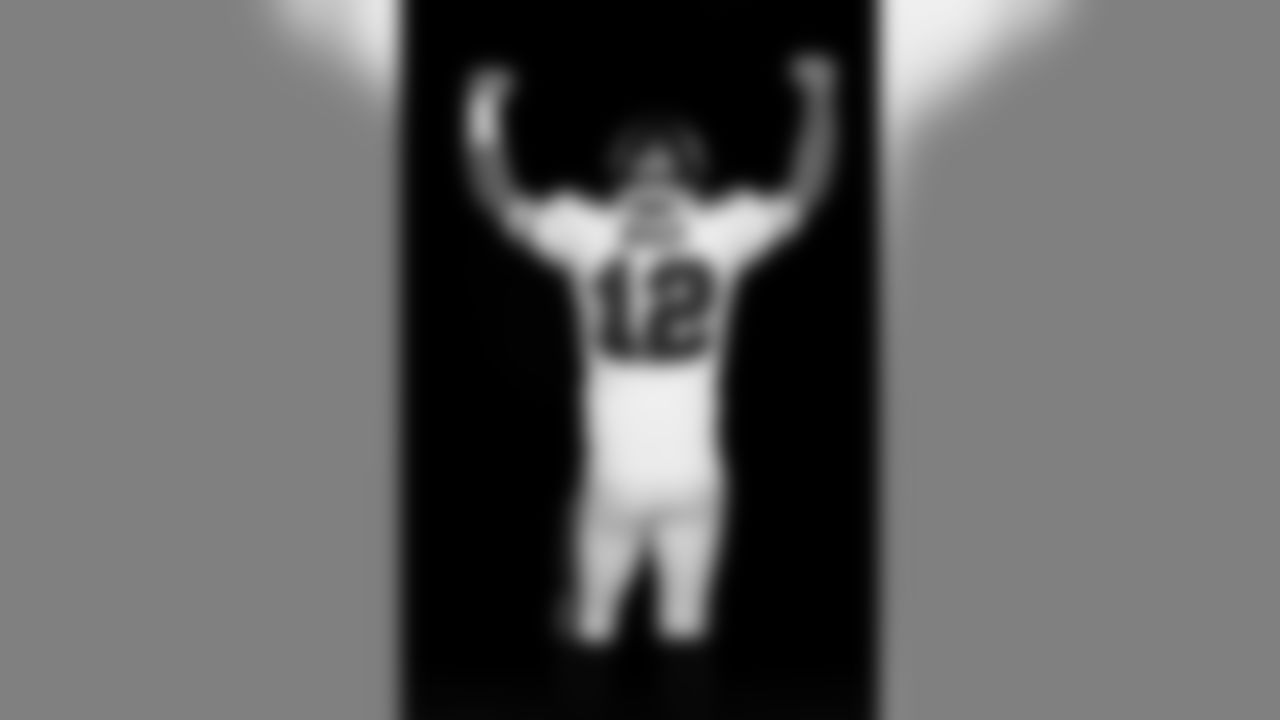
TAMPA, FL - MAY 11, 2020 - Quarterback Tom Brady #12 of the Tampa Bay Buccaneers is photographed in uniform for the first time as a member of the Bucs. Photo By Matt May/Tampa Bay Buccaneers
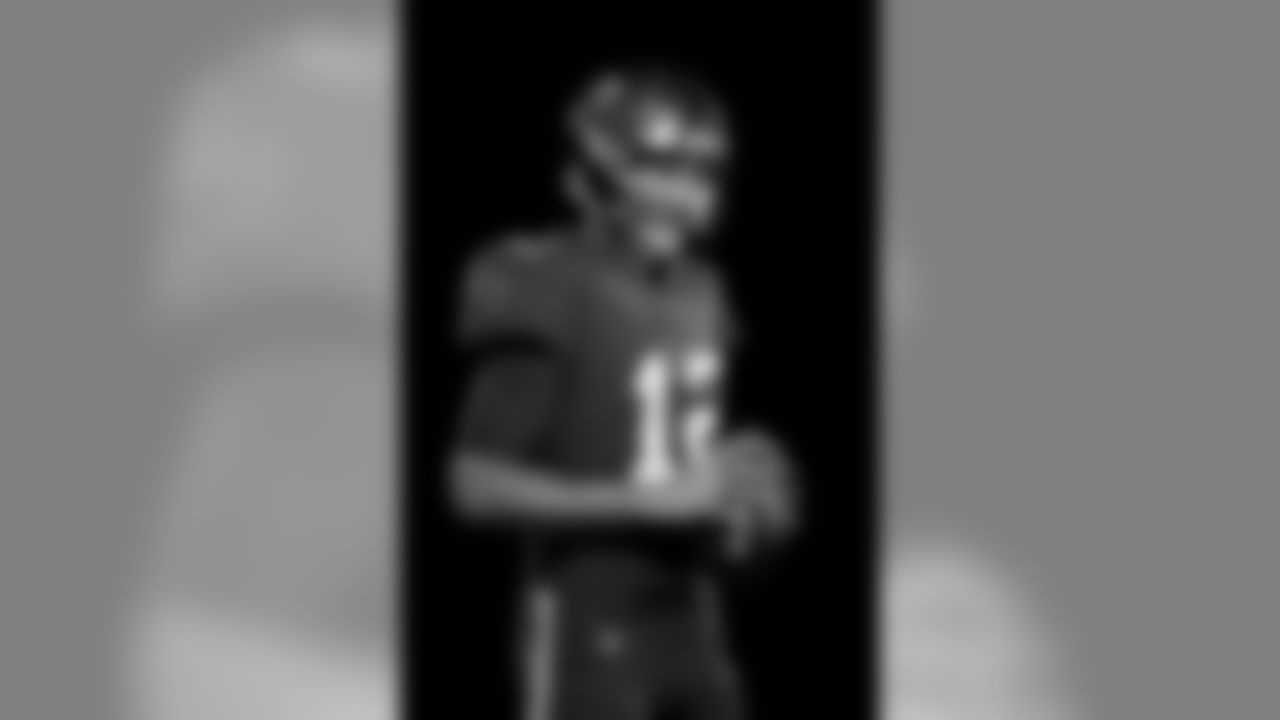
TAMPA, FL - MAY 11, 2020 - Quarterback Tom Brady #12 of the Tampa Bay Buccaneers is photographed in uniform for the first time as a member of the Bucs. Photo By Matt May/Tampa Bay Buccaneers

TAMPA, FL - MAY 11, 2020 - Quarterback Tom Brady #12 of the Tampa Bay Buccaneers is photographed in uniform for the first time as a member of the Bucs. Photo By Matt May/Tampa Bay Buccaneers
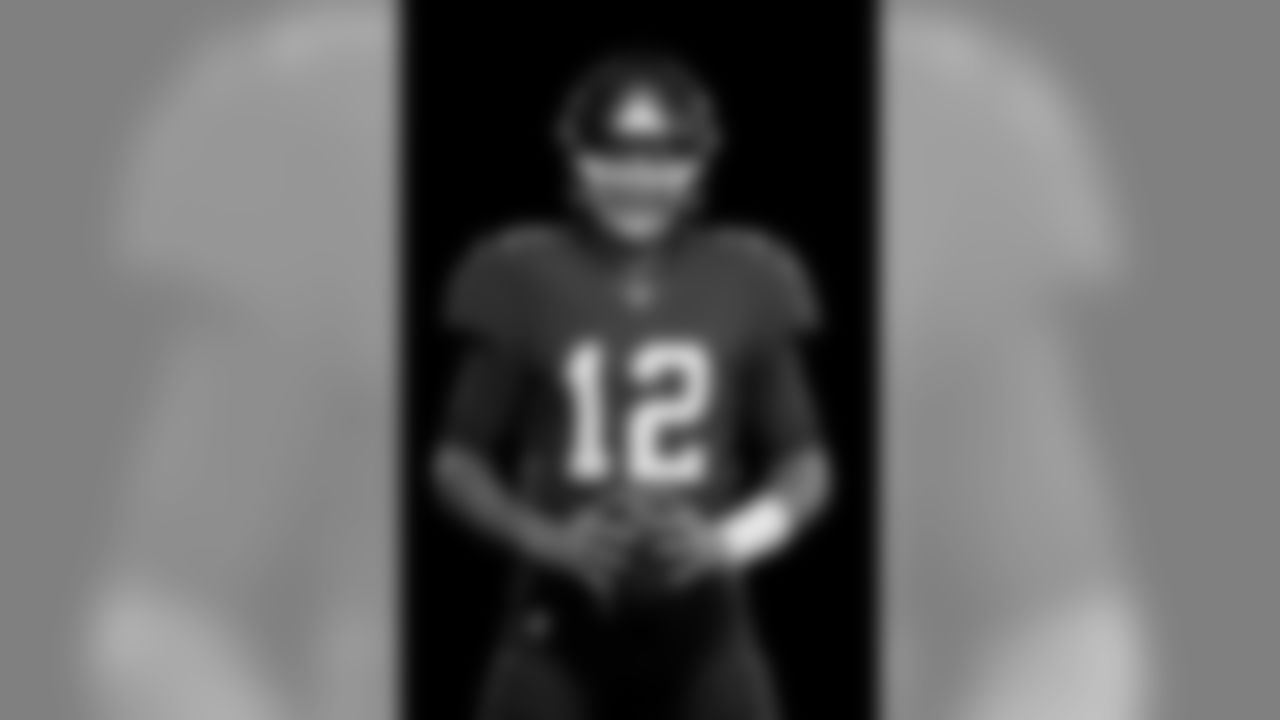
TAMPA, FL - MAY 11, 2020 - Quarterback Tom Brady #12 of the Tampa Bay Buccaneers is photographed in uniform for the first time as a member of the Bucs. Photo By Matt May/Tampa Bay Buccaneers
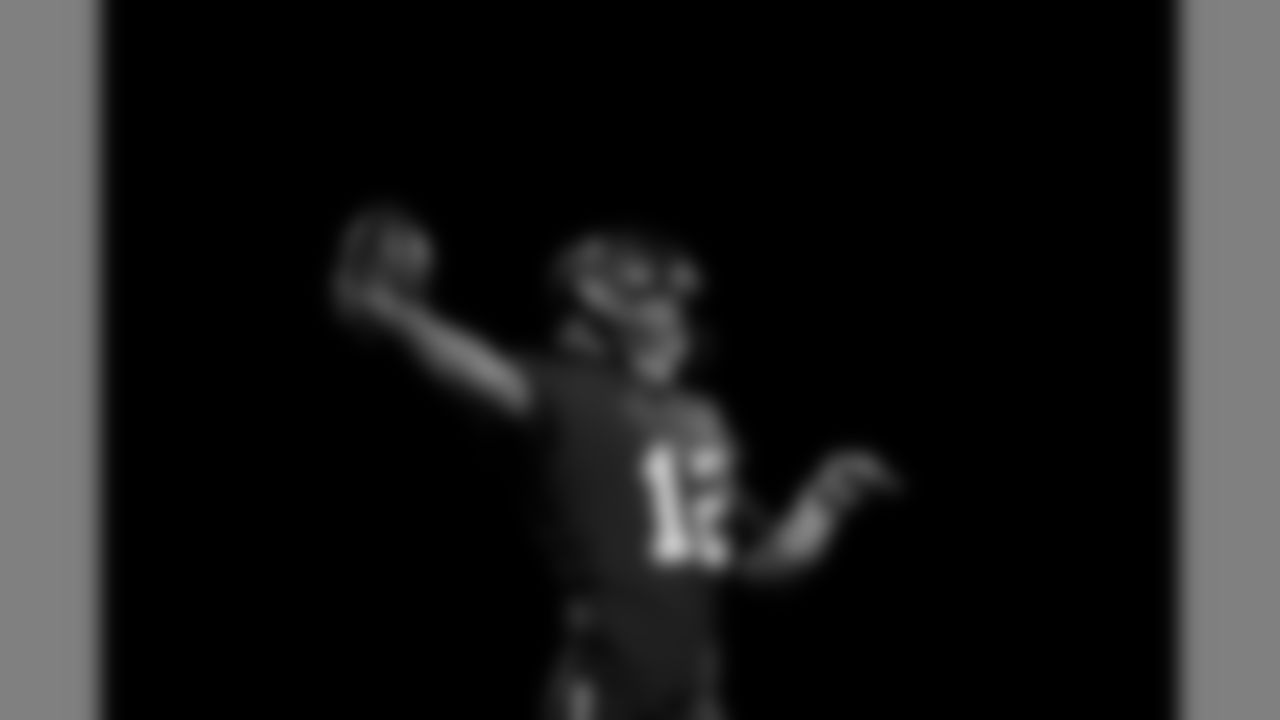
TAMPA, FL - MAY 11, 2020 - Quarterback Tom Brady #12 of the Tampa Bay Buccaneers is photographed in uniform for the first time as a member of the Bucs. Photo By Matt May/Tampa Bay Buccaneers
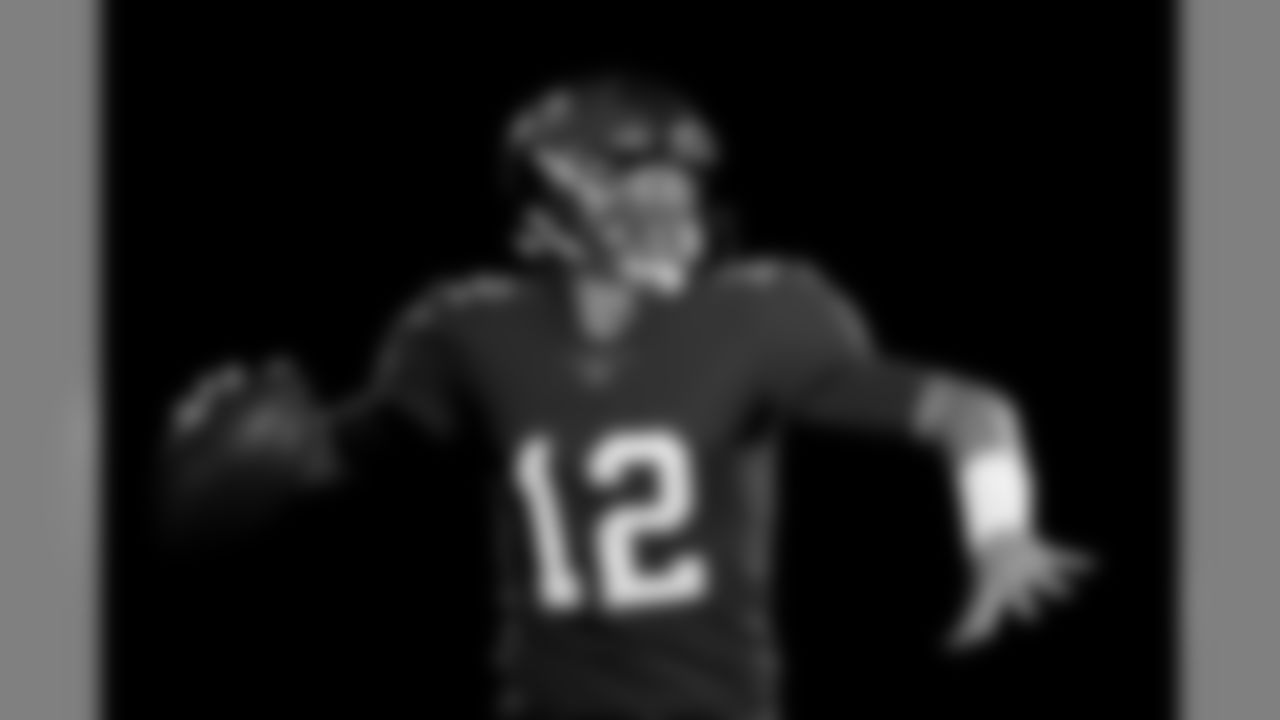
TAMPA, FL - MAY 11, 2020 - Quarterback Tom Brady #12 of the Tampa Bay Buccaneers is photographed in uniform for the first time as a member of the Bucs. Photo By Matt May/Tampa Bay Buccaneers
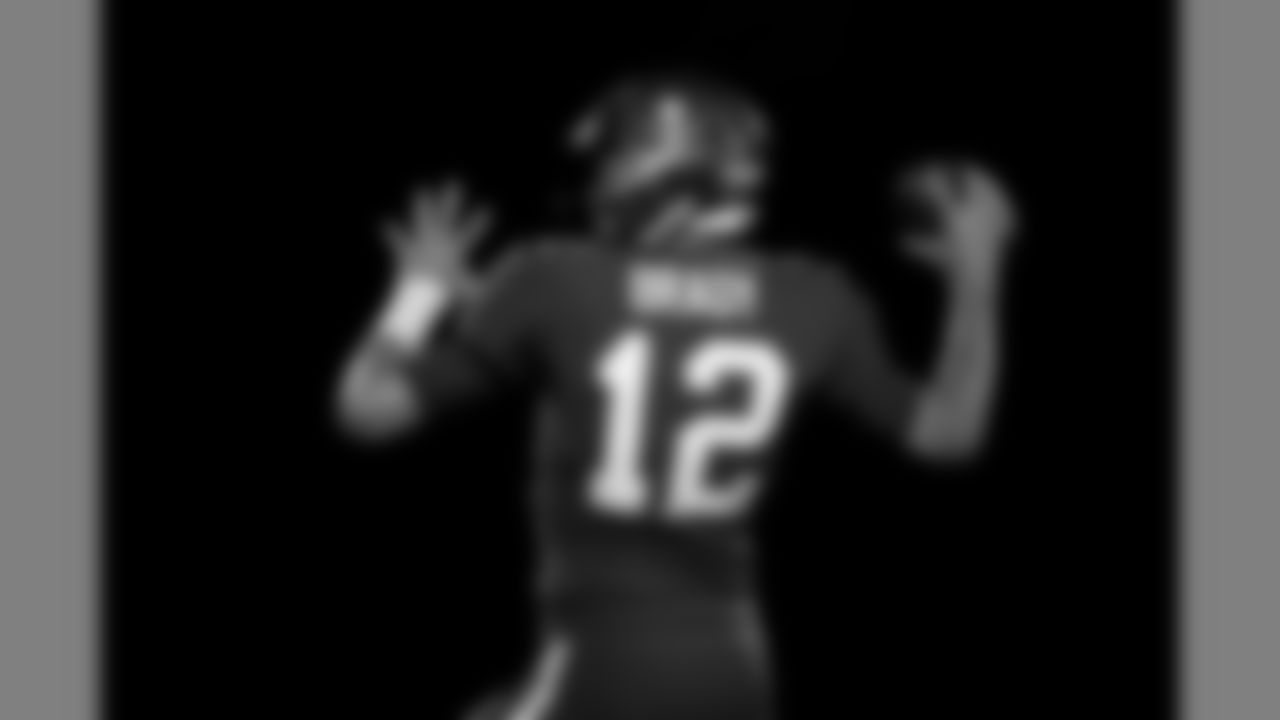
TAMPA, FL - MAY 11, 2020 - Quarterback Tom Brady #12 of the Tampa Bay Buccaneers is photographed in uniform for the first time as a member of the Bucs. Photo By Matt May/Tampa Bay Buccaneers
Moreover, this is the most balanced the team's level of Buc draftees in the starting lineup has been in almost three decades. The last time Tampa Bay started eight of its own draft picks on both offense and defense was way back in 1992. Overall, the numbers in this category tended to be higher before the arrival of true free agency in 1993, for obvious reasons. The Bucs peaked with 18 of their own draftees in the starting lineup in 1989. The lowest point came in the first two seasons, when the roster had to be filled out with veteran allocation draft picks and other castoffs from around the league. The Bucs only had one college draft class to work with in 1976 and only three of them were in the Day One starting lineup.
Of course, none of this guarantees any level of success in 2020. There are many ways to build a successful roster. In 2001 the Buccaneers had 16 homegrown starters to open the season. In 2002, that number was down to nine, largely because new Head Coach Jon Gruden rebuilt the offense with free agents. The 2002 Bucs, of course, won the Super Bowl. The 1989 team with 18 homegrown starters won five games.
That said, the Buccaneers have to be happy that a good number of their draft picks in recent years seem to be panning out, and if that continues with the Class of 2020 the team will potentially have a core it can keep together for a long time.
Now on to your questions for this week.
A reminder that you can send questions to me anytime you want on Twitter (@ScottSBucs) and they're easier to find if you include the hashtag #SSMailbagBucs. We are also now soliciting questions each week on our Instagram page; look for that story on Wednesdays. As always, if you want to get a longer question into the mailbag and would prefer to email your question, you can do so to tbbsocial@buccaneers.nfl.com.
How many touchdowns do you predict Mike Evans will have this season?
- @edwardjames0
Honestly, answering this question is a fool's errand, but I've got time for some errands today and…well, you know the rest. The problem is that touchdown receptions are a very fickle statistic from year to year, even among the NFL's very best receivers. My go-to reference to emphasize this point is former Lions great Calvin Johnson, who had 12 touchdowns in his breakout second season in 2008, and then just five in 2009. He did miss a couple games due to injury in '09, but that wasn't the case in 2011 and 2012, when he played in all 32 games but had 16 touchdowns the first year and five the next. That five touchdown season came in the memorable year in which he set career highs and led the NFL with 122 catches and 1,964 yards (!!). Johnson went back to 12 touchdowns the next year, in just 14 games.
If you want a more current reference, how about DeAndre Hopkins, the new Arizona Cardinal (which is still hard to believe). Here are his TD totals from 2014 through last year, in order: 6, 11, 4, 13, 11, 7. Green Bay's Davante Adams had three straight double-digit TD seasons and then somehow only found the end zone five times last year. Fantasy football owners seethed. Antonio Brown was a notable exception during his incredible 2014-18 run, always finishing between nine and 15. Julio Jones is a notable exception in the other direction, failing to hit double digits in TDs in each of the last seven years.
So I suppose I just spent two long paragraphs explaining why you shouldn't put too much stock in whatever I guess for Mike Evans' touchdown total in 2020. Now I'm going to give it a try anyway.
First, let's start with the supposition that the NFL plays a full 16-game schedule in 2020, which remains the league's expectation at this point. And we'll also suppose that Evans himself plays all of those 16 games after missing the last three and most of a fourth with a hamstring pull last year. We know Evans can get to 10 or more; he had 12 in his rookie season and again in 2016. He's been consistent the last two years, with eight in each, though that second eight is more impressive because it came in fewer games and in spite of Chris Godwin's amazing breakout.
Evans' career rate of touchdown catches per game is 0.53. That's pretty good. In his six seasons since entering the league in 2014, Evans ranks 11th in the NFL in that category, a bit behind Hopkins and a bit ahead of Adams. Brown is the leader in that category in that six-year span. With that average, the safe bet would be eight touchdown catches again in 2020. There are two potential factors that could make it harder for Evans to get to that mark, however.
First, the Buccaneers as a team may not match the 48 offensive touchdowns they scored in 2019, which after all was the most they had ever scored in a single season. If the Bucs' defense is better from the start of the 2020 season and Brady succeeds in drastically reducing the team's turnovers, there may be fewer instances of the team having to play catch-up and air it out for two or three quarters.
Second, Rob Gronkowski. Not only is Gronkowski a touchdown machine, but he also happens to have an incredible connection with Brady from their decade together in New England. Those two hooked up on 90 touchdown passes as Patriots, including the postseason. NINETY. Gronkowski's presence could eat into the touchdown totals of all the other Buccaneers pass-catchers, not that anyone would be complaining.
In the end though, in Mike Evans I trust. I think there are too many other potential targets for Brady's touchdown passes to confidently predict a third double-digit touchdown season for Evans, but I also think Brady is going to find out very quickly what his new teammate is capable of doing and will continue to make him a huge part of the offense. So I'll go with eight.
View photos of the Tampa Bay Buccaneers 53-man roster.

S Andrew Adams

OLB Shaquil Barrett

RB Le'Veon Bell

RB Giovani Bernard

QB Tom Brady

TE Cameron Brate

OLB K.J. Britt

G Alex Cappa

CB Ross Cockrell

WR Jaelon Darden

ILB Lavonte David

CB Carlton Davis III

CB Jamel Dean

CB Dee Delaney

CB Pierre Desir
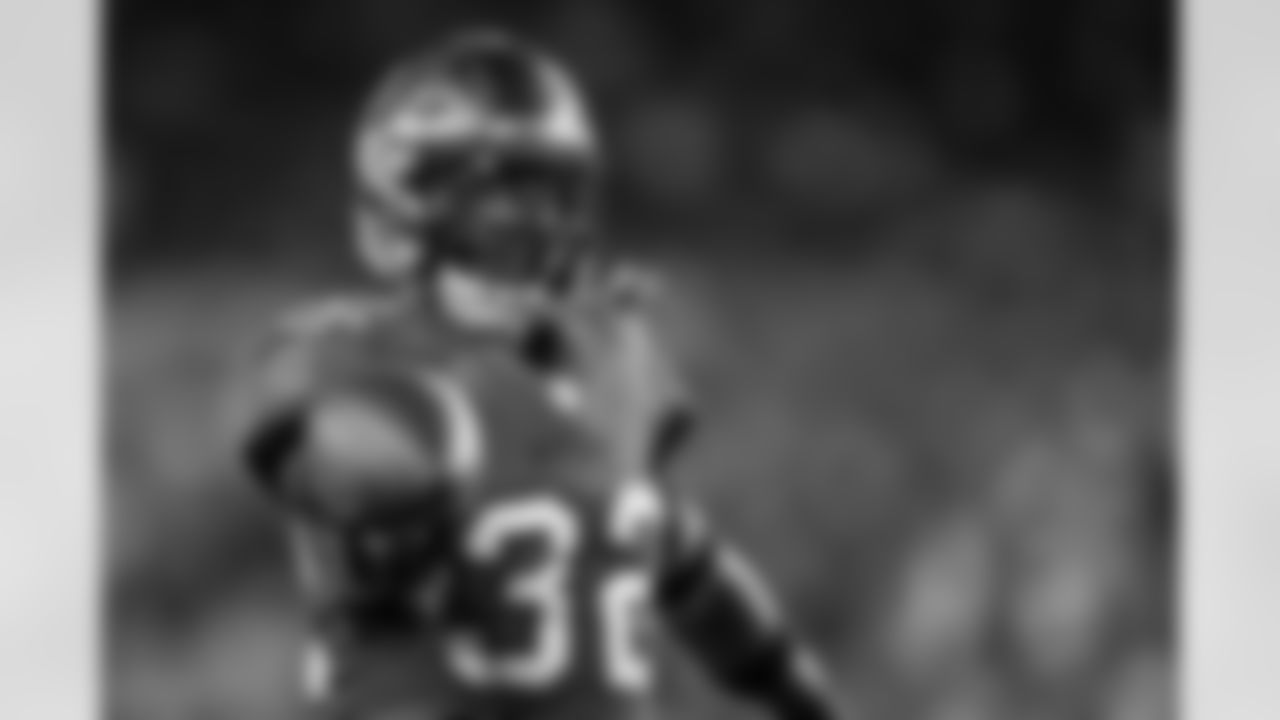
S Mike Edwards
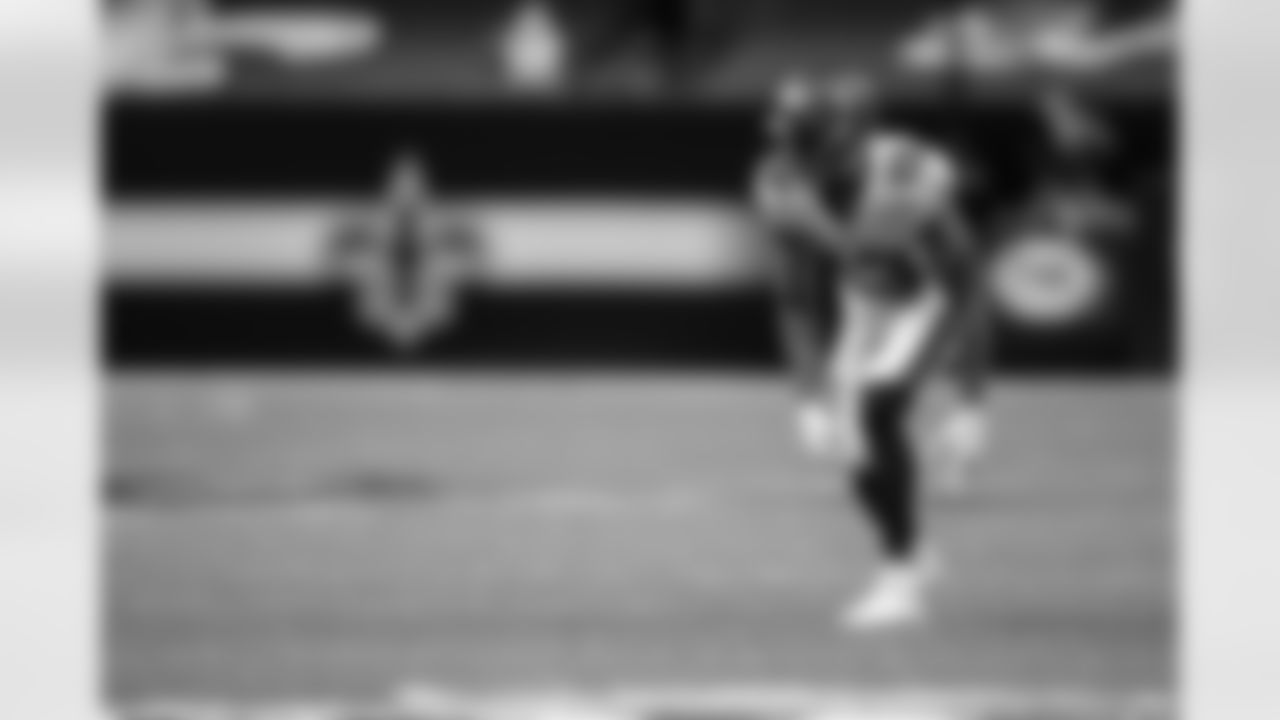
WR Mike Evans

RB Leonard Fournette

QB Blaine Gabbert

DL William Gholston

OLB Cam Gill
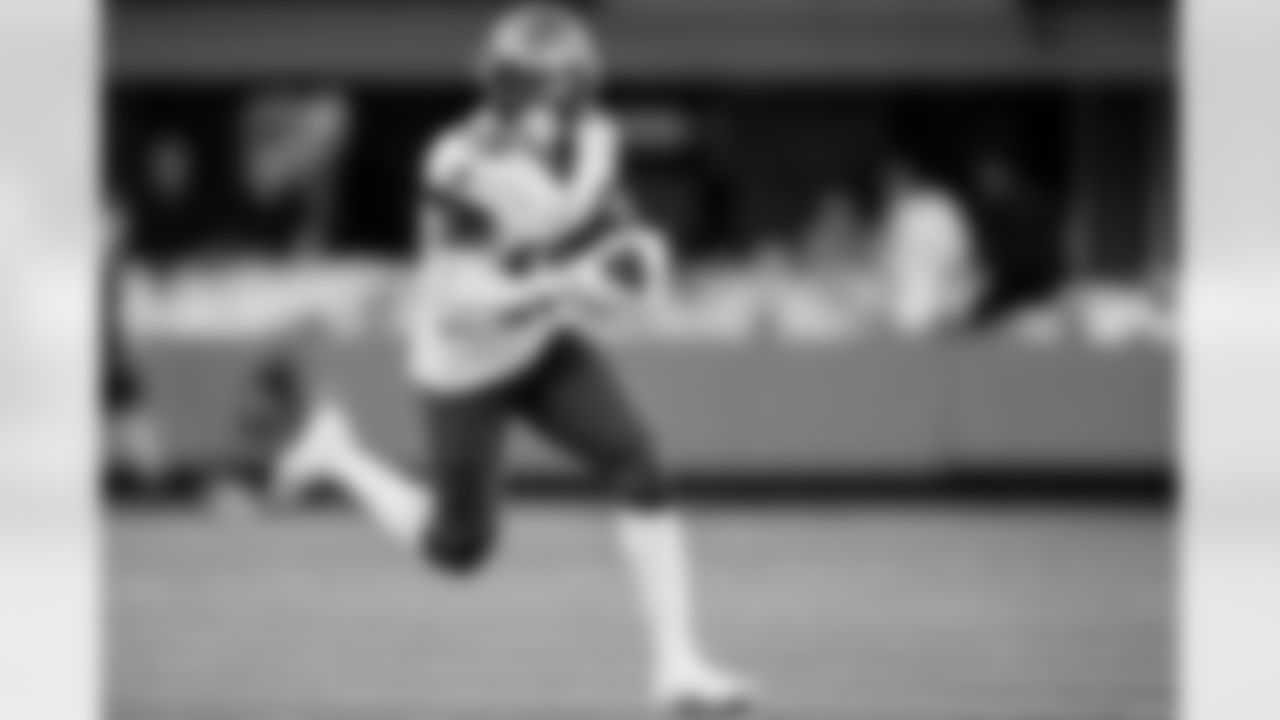
WR Cyril Grayson Jr.

TE Rob Gronkowski

OL Robert Hainsey

TE O.J. Howard

C Ryan Jensen

WR Tyler Johnson

RB Ronald Jones II
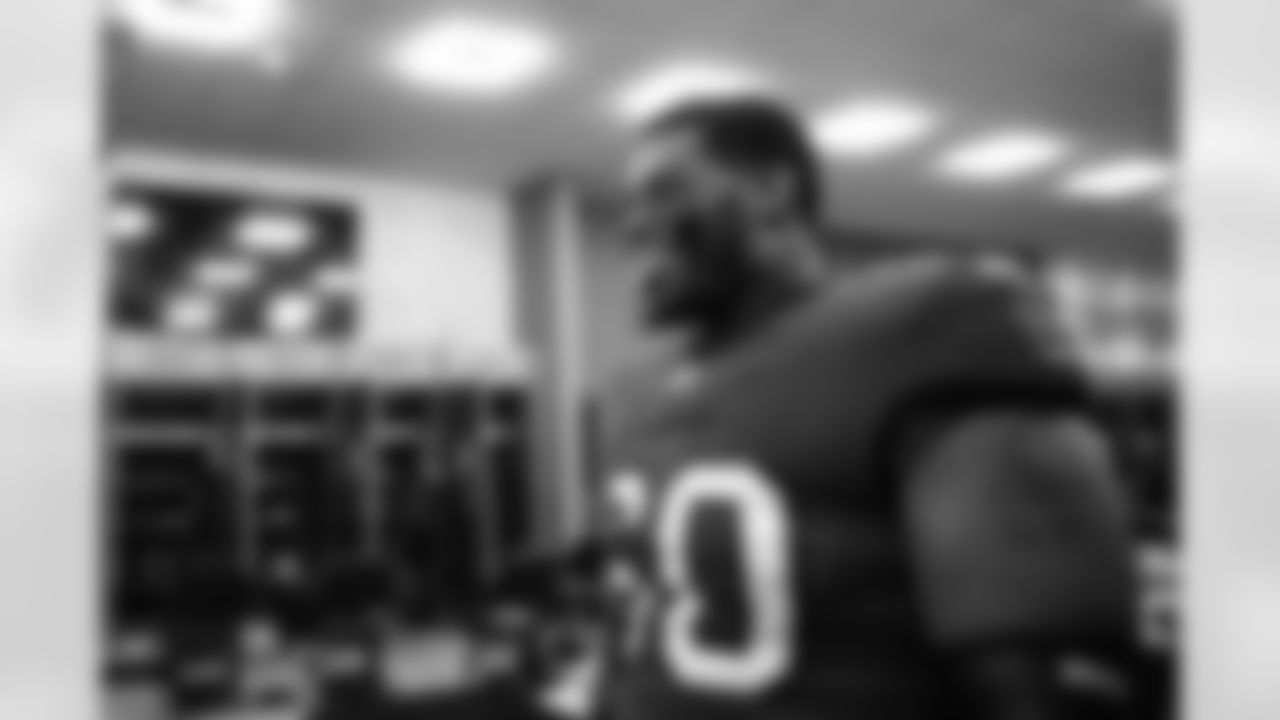
G Nick Leverett

G Ali Marpet

DT Steve McLendon

WR Scotty Miller

ILB Kevin Minter

CB Sean Murphy-Bunting

OLB Anthony Nelson
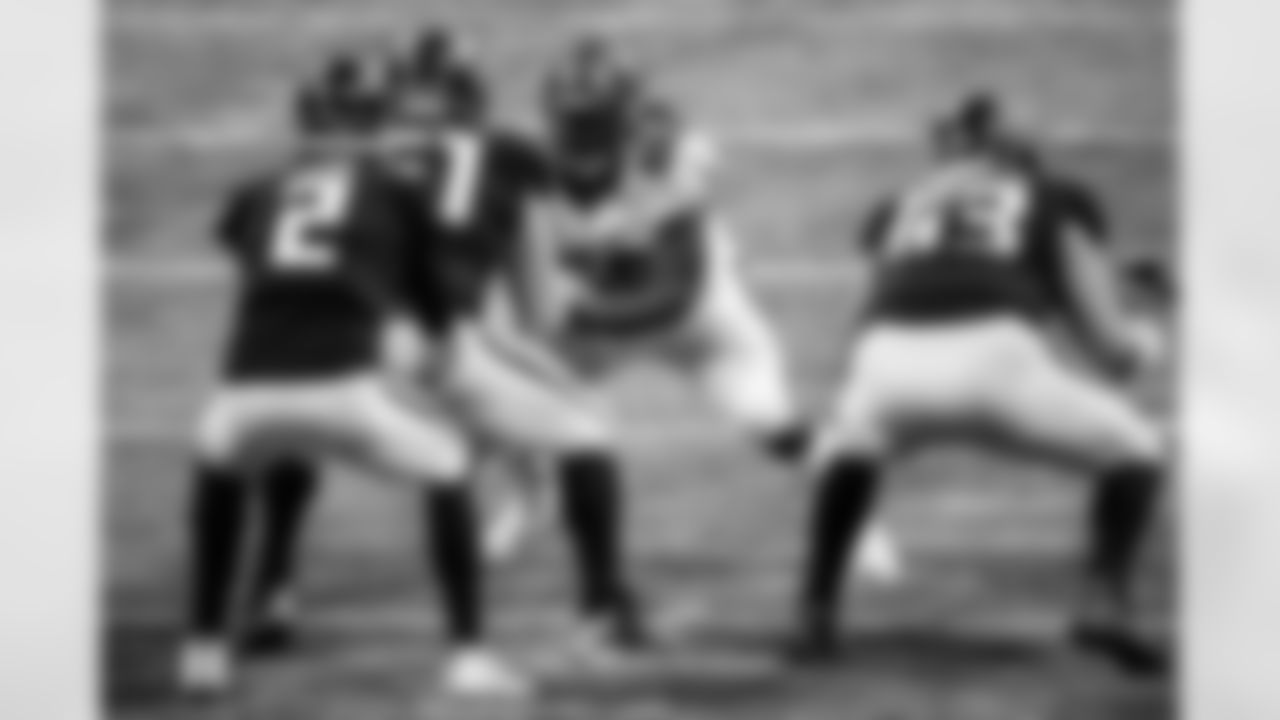
DT Rakeem Nunez-Roches

WR Breshad Perriman

OLB Jason Pierre-Paul

P Bradley Pinion

CB Rashard Robinson

OT Donovan Smith

G Aaron Stinnie

ILB Grant Stuard

K Ryan Succop
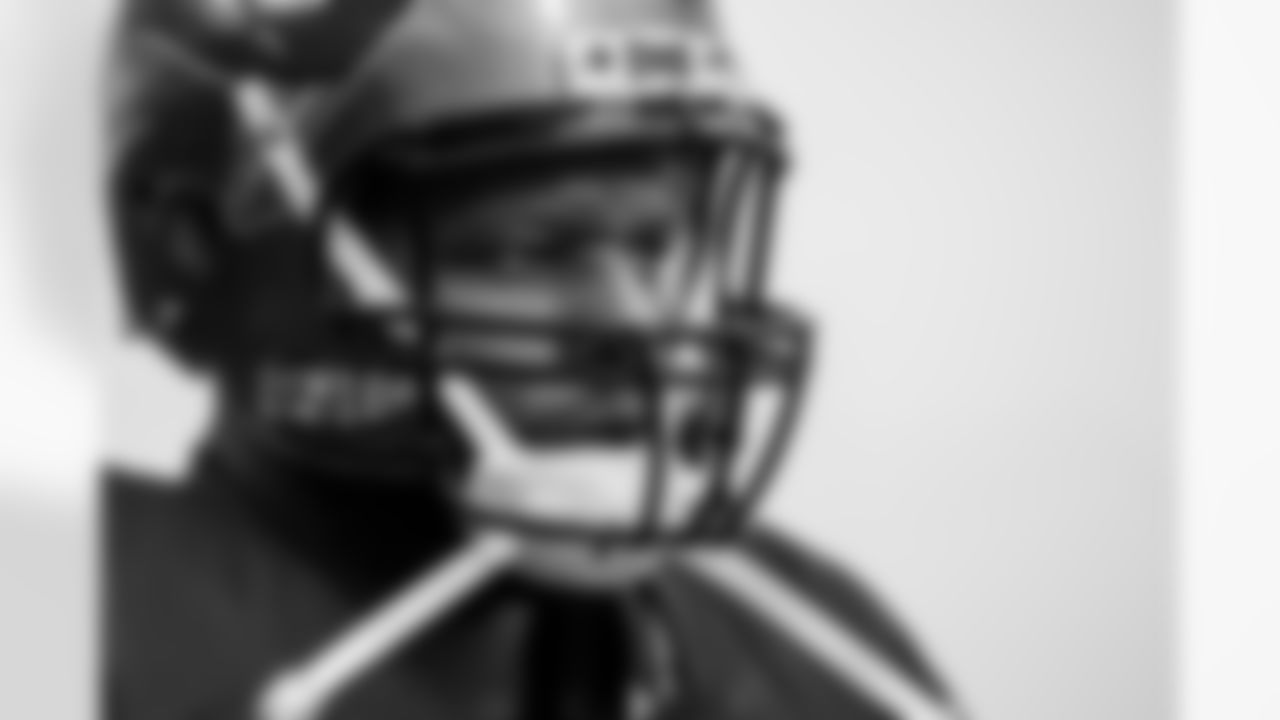
DL Ndamukong Suh

QB Kyle Trask

LS Zach Triner

OLB Joe Tryon-Shoyinka

RB Ke'Shawn Vaughn
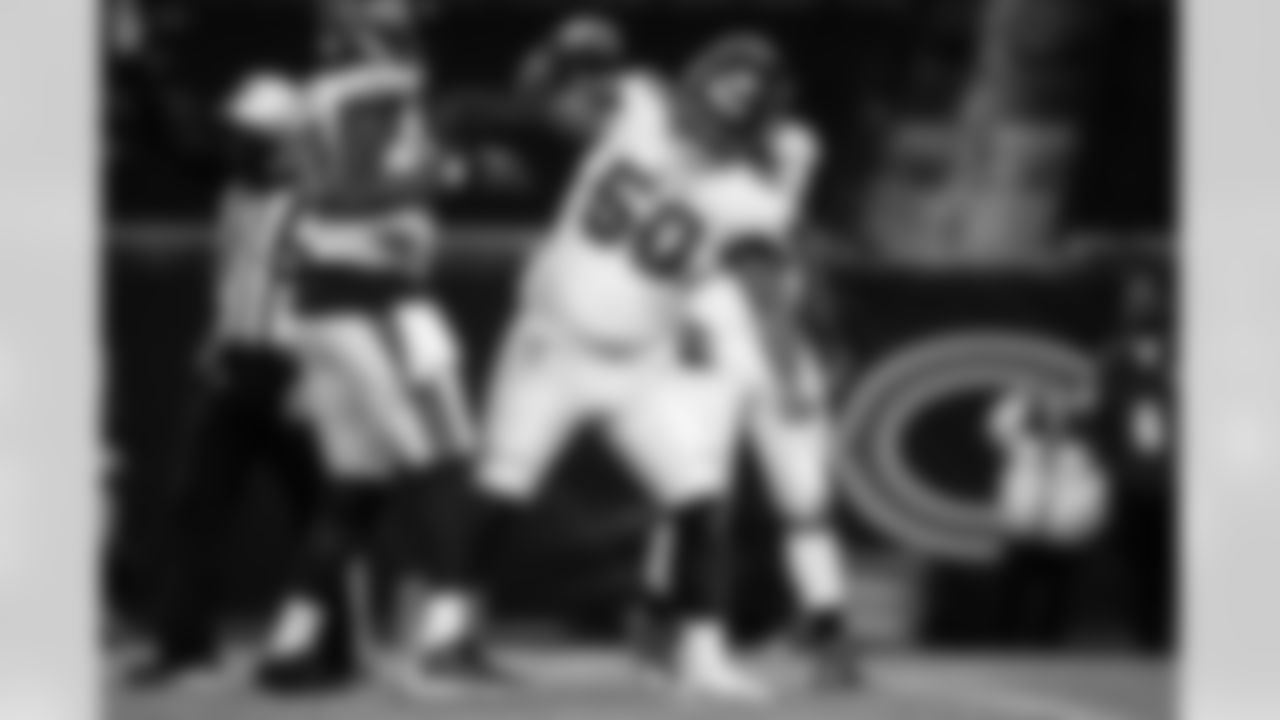
DT Vita Vea

WR Justin Watson

OT Josh Wells
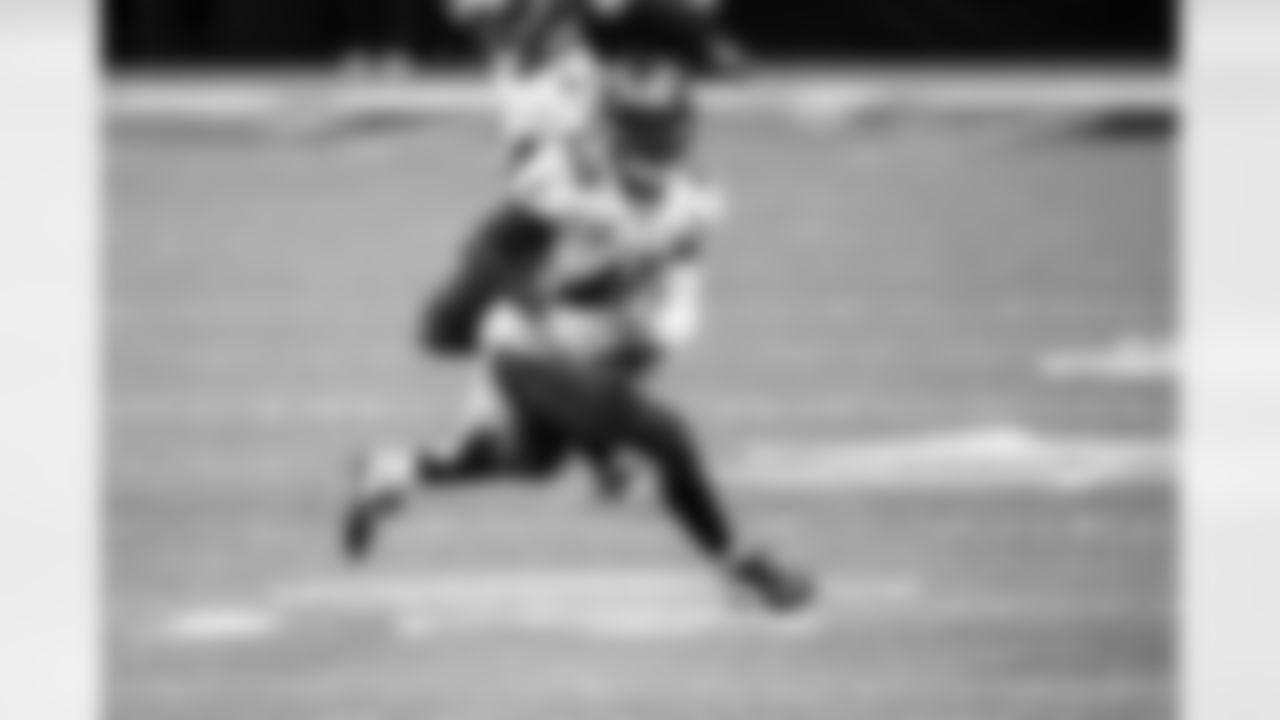
ILB Devin White

S Jordan Whitehead

S Antoine Winfield Jr.
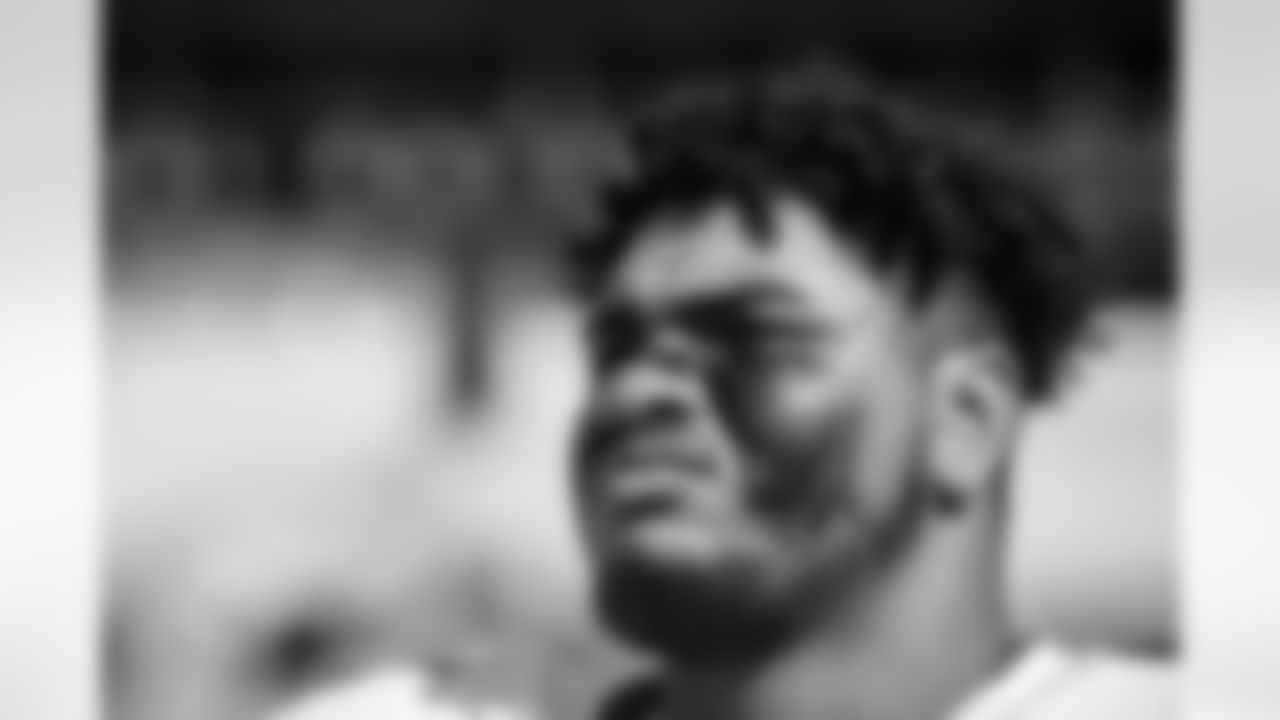
T Tristan Wirfs
Is our defense still going to be man to man?
- @Nathan.klepes
The simple answer is yes, but if you've watched any of Todd Bowles's press conferences over the last year-and-a-half you know that he consistently resists having labels placed on his defenses. That started right from the beginning, when the Bucs were "officially" rearranging their depth chart from a 4-3 base to a 3-4 base for the first time in about 30 years. Bowles knew it wasn't that simple, and that a lot of the team's schemes would still look like a 4-3.
"Three-4, 4-3, some call it 'over' and under," he said at the time. "We call it different [things] – they still line up the same. [We're] not a two-gap team. We're going to attack. As long as our players attack – in today's NFL, you're in nickel defense 70 percent of the time, so you're playing a four-man line. We'll have odd-man lines, we'll have four-man lines. That's just schematics to me."
The main bit of specific information in there is the part about not being a two-gap defense. Some traditional 3-4 defenses do start with a two-gap approach up front, in which the linemen are largely trying to occupy blockers so that others can make the tackles. A one-gap approach is just what it sounds like – a defender has one specific gap between blockers for which he is responsible and he often aggressively tries to get upfield.
There is no doubt that Bowles is one of the most aggressive defensive schemers and play-callers in the NFL. His teams, including the Buccaneers last year, are always among the top few teams in terms of percentage of plays on which they blitz. The Bucs brought five or more defenders at the quarterback on 42.9% of opposing dropbacks last year, the second-highest percentage in the NFL. And it really started to work down the stretch when the team's young cornerbacks surged and were more consistently providing tight coverage. Over the last six weeks, the Bucs held opposing passers to a 56.1 passer rating on blitz plays.
Bowles wants to produce pressure on the quarterback, of course, as all coordinators due, but he also knows that the "illusions of pressure" is sometimes enough. Disguising looks and trying to fool the quarterback as to what he'll see after the snap is a big part of Bowles's approach and something he hopes he can do even more in 2020 as his young defenders get better and better at understanding offensive concepts. But there's no doubt that many of his calls require man-to-man coverage, often press-man. Bowles has always favored tall and long corners, and he has those now in Carlton Davis, Jamel Dean and Sean Murphy-Bunting.
So Bowles has the players he wants now in the secondary and he's expecting them to be more mentally prepared than ever in 2020. That will only serve to feed his aggressiveness, and that approach is most definitely going to lead to a lot of plays in which the corners are in man coverage.
Any news on status of Beckwith or Justin Evans?
- @eric_h1197
Man, is there any concrete news on anything right now? I firmly believe we'd have pretty good answers on both of these situations if the Buccaneers had been able to take the field for OTAs and mini-camps this spring. For one thing, we would know by now if the team's hopes that Evans would be back in action by May or June had been well-founded. But we don't have that evidence, nor many opportunities for the media to speak with the players and coaches about a wide variety of topics.
As for Kendell Beckwith, we might have had some sort of resolution by now if the roster was undergoing the constant change it usually does heading up to (and into) training camp. Players get hurt, players return from injuries, some are cut and others are signed. This is usually how it goes as the offseason roster is kept right at the 90-man limit but churns a bit around the 85th to 90th players. As it stand now, however, the lack of any practice means the Buccaneers have had little reason to churn the roster. In fact, they are currently running at 87 players, counting Beckwith, who was activated from the reserve/NFI list back in February.
Bruce Arians has mentioned that the Buccaneers are purposely holding a few roster spots open because they may choose to add a couple veterans before the start of training camp. They have three such spots with Beckwith on the roster; it would be four if he is moved to some reserve list or is no longer on the team. That move simply isn't necessary at the moment.
This time of year is always a lull in NFL news, as in a normal summer this is the final break between the offseason program and training camp for players and coaches. This year, it's even more so, because there are very few roster moves to examine and no players either suffering injuries in practice or returning to practice after getting hurt. This will all lead to an absolute flurry of news when the Buccaneers and other teams finally get their training camps going.


































